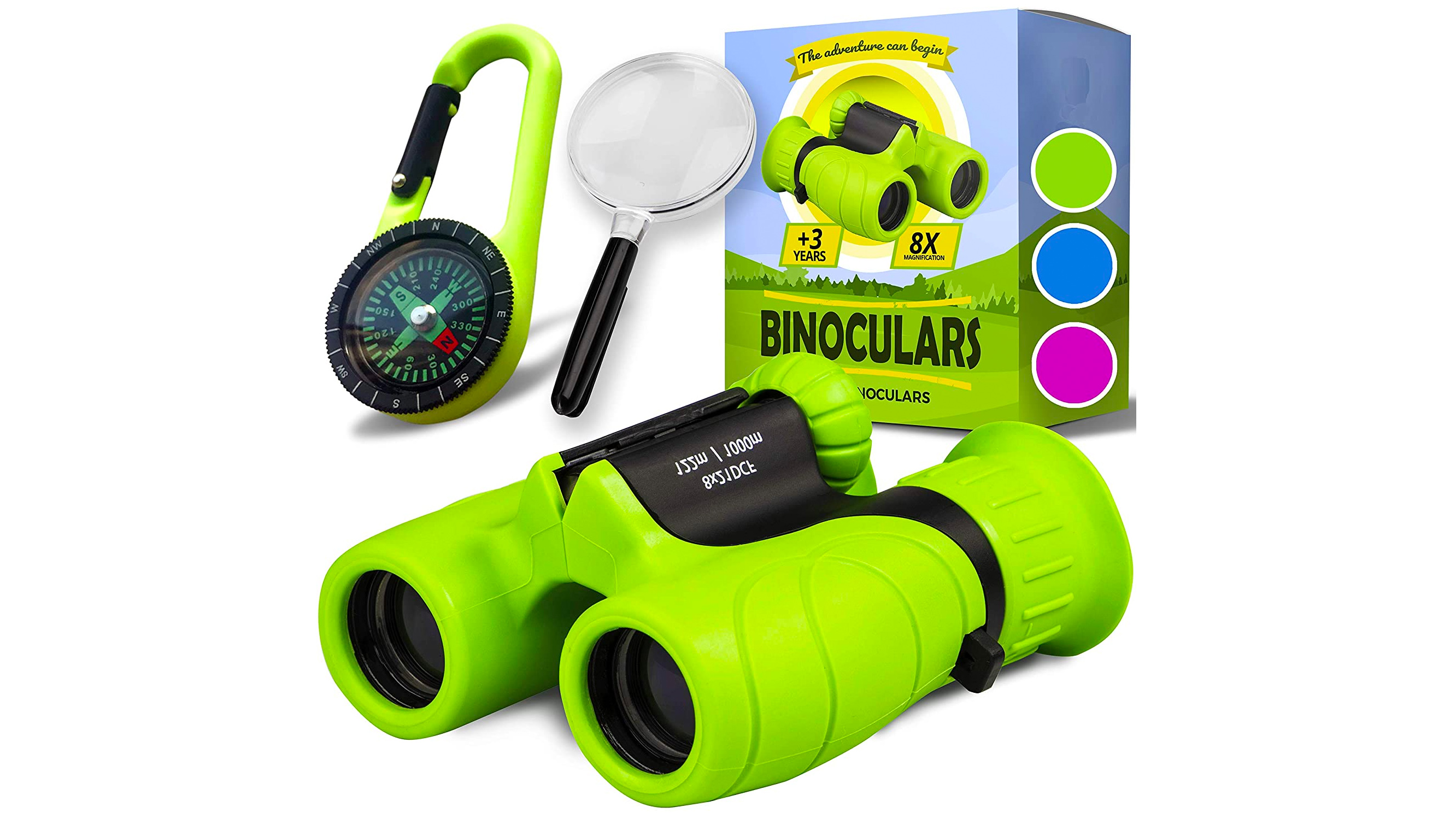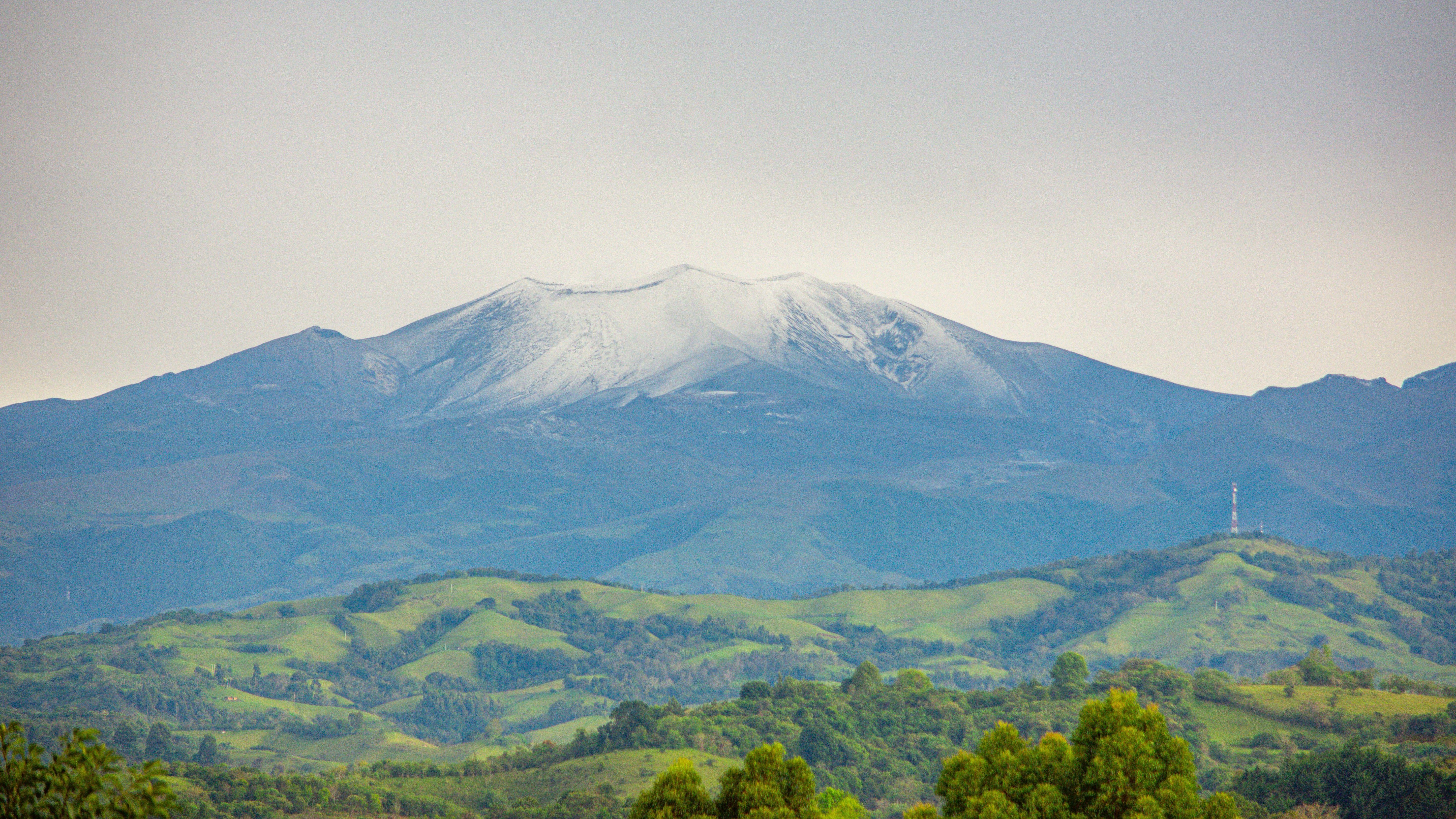Best binoculars for kids 2025: Beginner binoculars and toys
We've rounded up the best binoculars for kids — perfect for introducing youngsters to nature-watching and stargazing.

Our guide to the best binoculars for kids focuses on binoculars that are comfortable to hold in smaller hands, durable and easy to use. We've also considered price, with some of our choices costing as little as $20.
Some binoculars on this list are amongst the best binoculars overall, suitable for older children and adults alike. Others are designed especially for young children, more of a toy than an optical instrument, though they still work exactly as they should.
Fall is a great time to get your children interested in using binoculars, as there's so much to look out for. You'll find a myriad of birds and wildlife in your own backyard, and you might be able to spot them migrating south for winter. If you want to get your kids looking at the best night sky targets, the full Cold supermoon on December 4 is a great sight for kids to enjoy.
The quick list
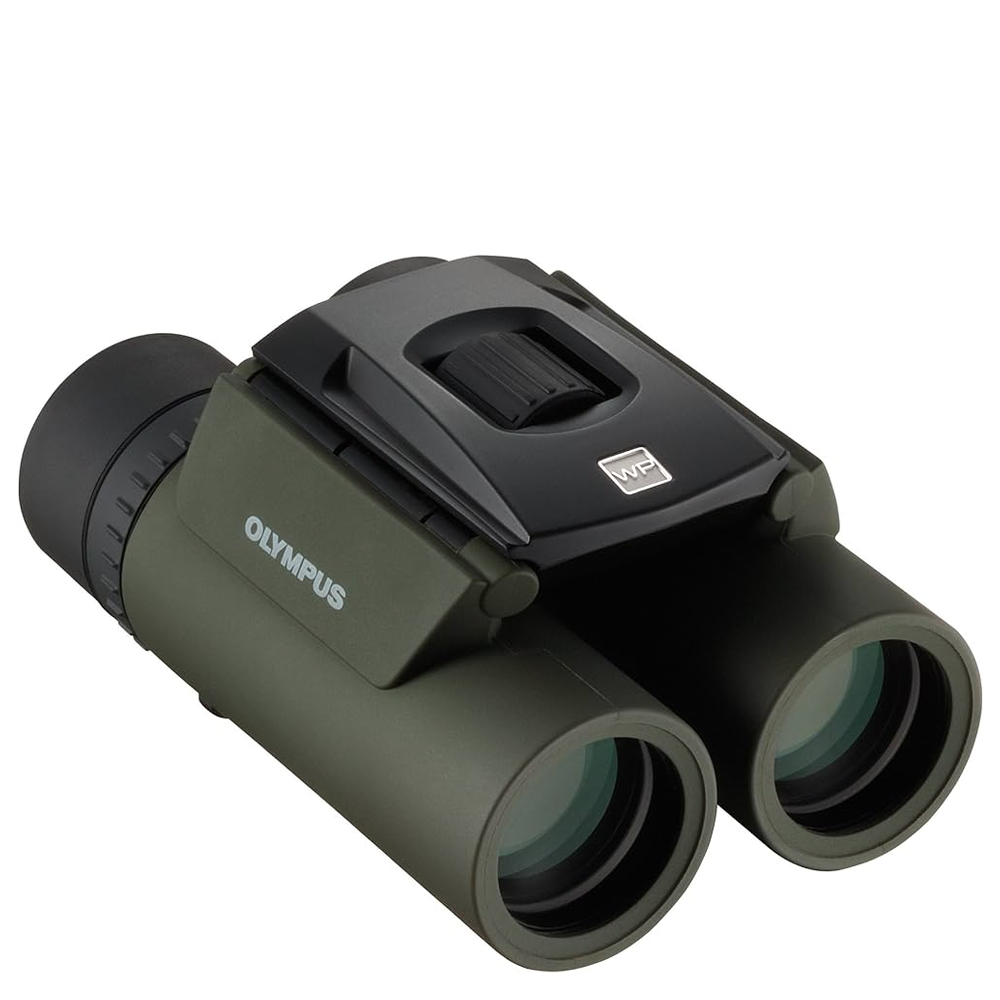
Best overall
They're robust, compact and easy to use, making them ideal for kids and adults alike.
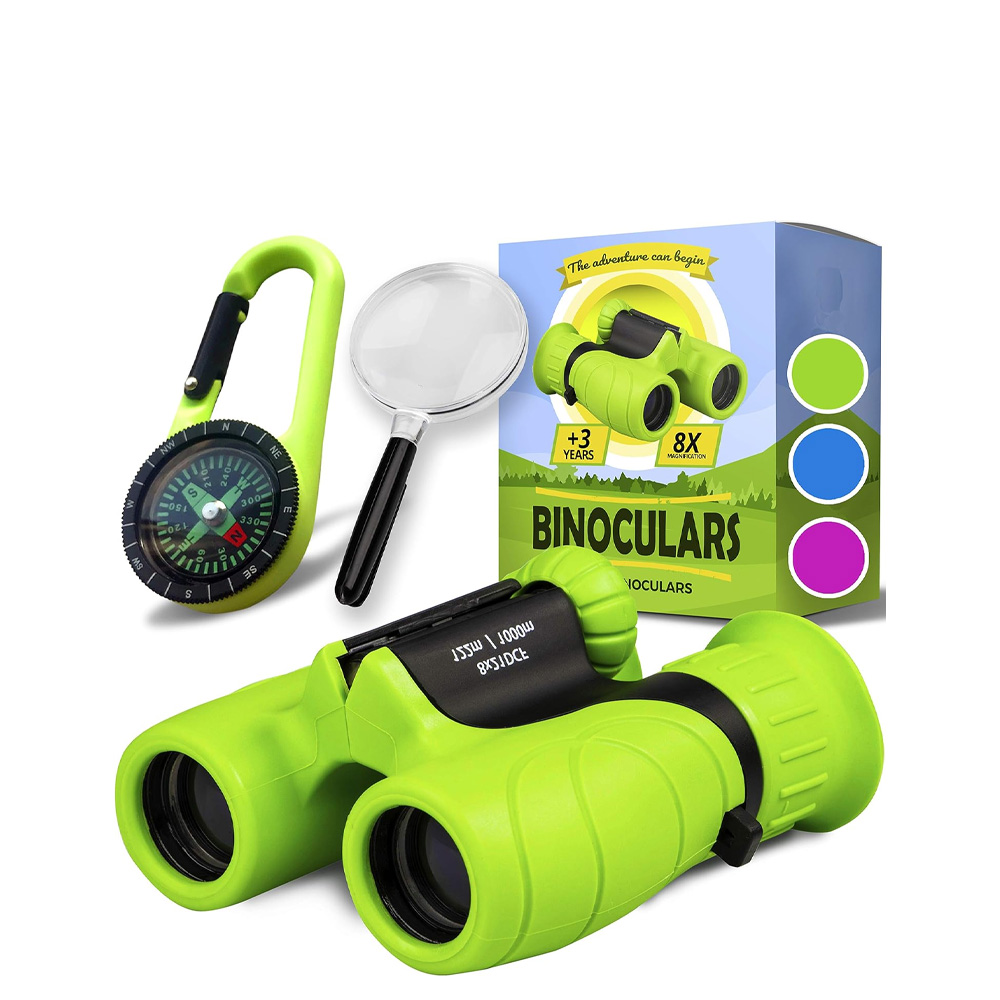
Best for young kids
A neat little starter kit for young explorers, complete with a compass and magnifying glass for their next adventure.
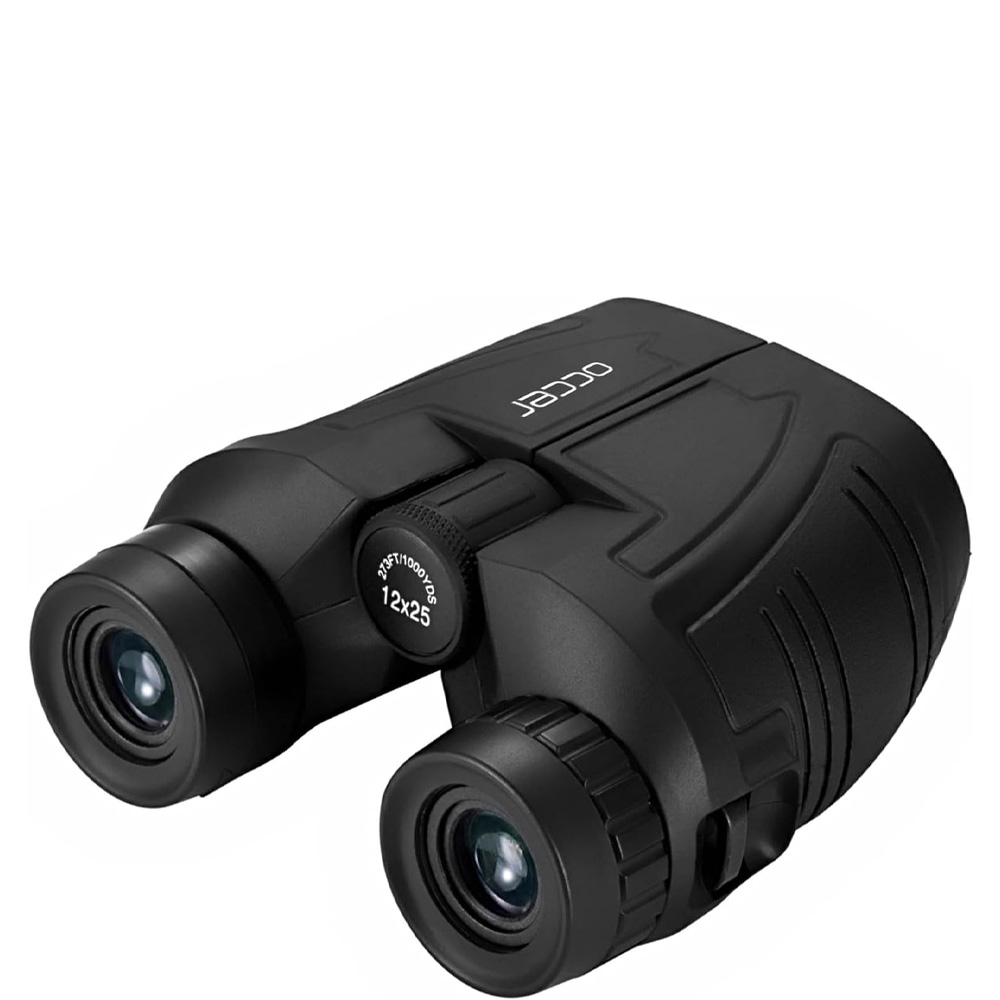
Best compact binos
They're incredibly small and pocketable, but still powerful enough for impressive observations, especially in low light conditions.

Best for bird watching
For kids who want to spot birds in their backyard or observe wildlife on camping trips, these waterproof and fogproof binos from Celestron are great for nature observation.
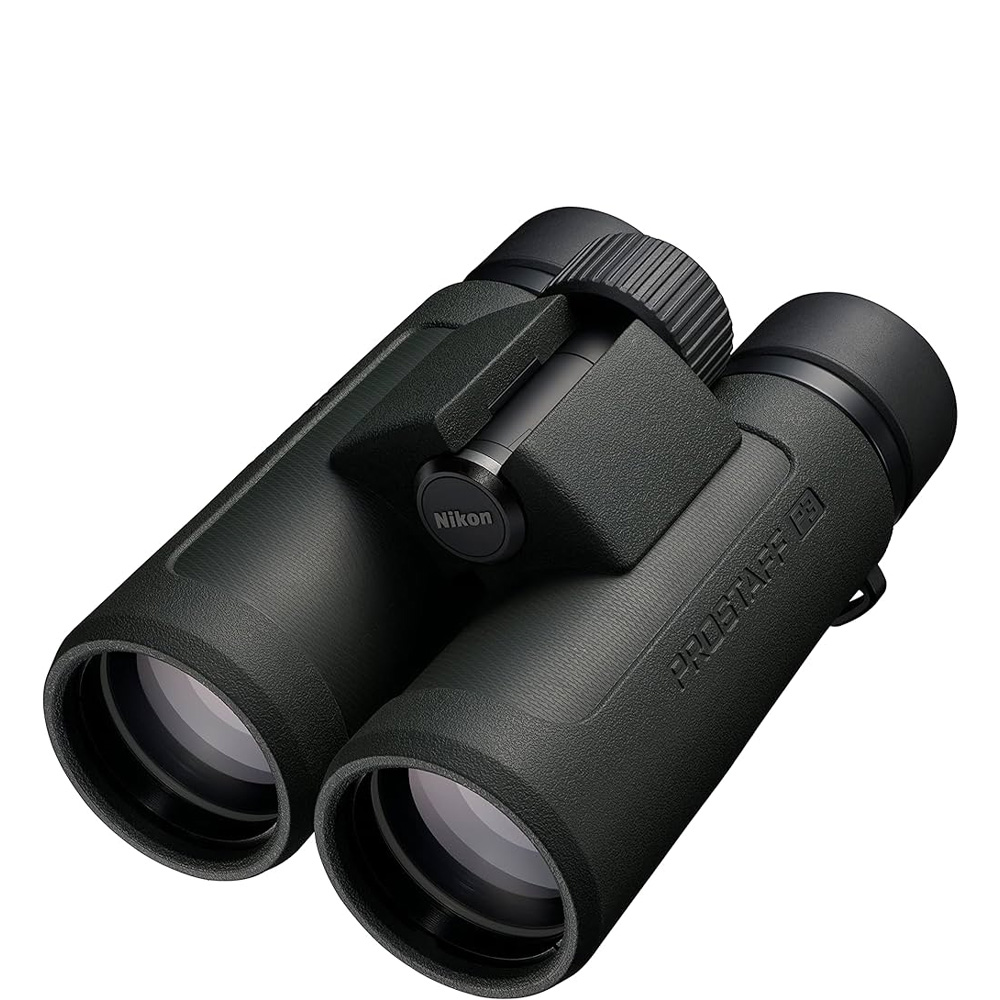
Best for teens
They're at the pricier end of the spectrum and would be perfect for older kids who are really into optics and stargazing — and they'll last a long time.
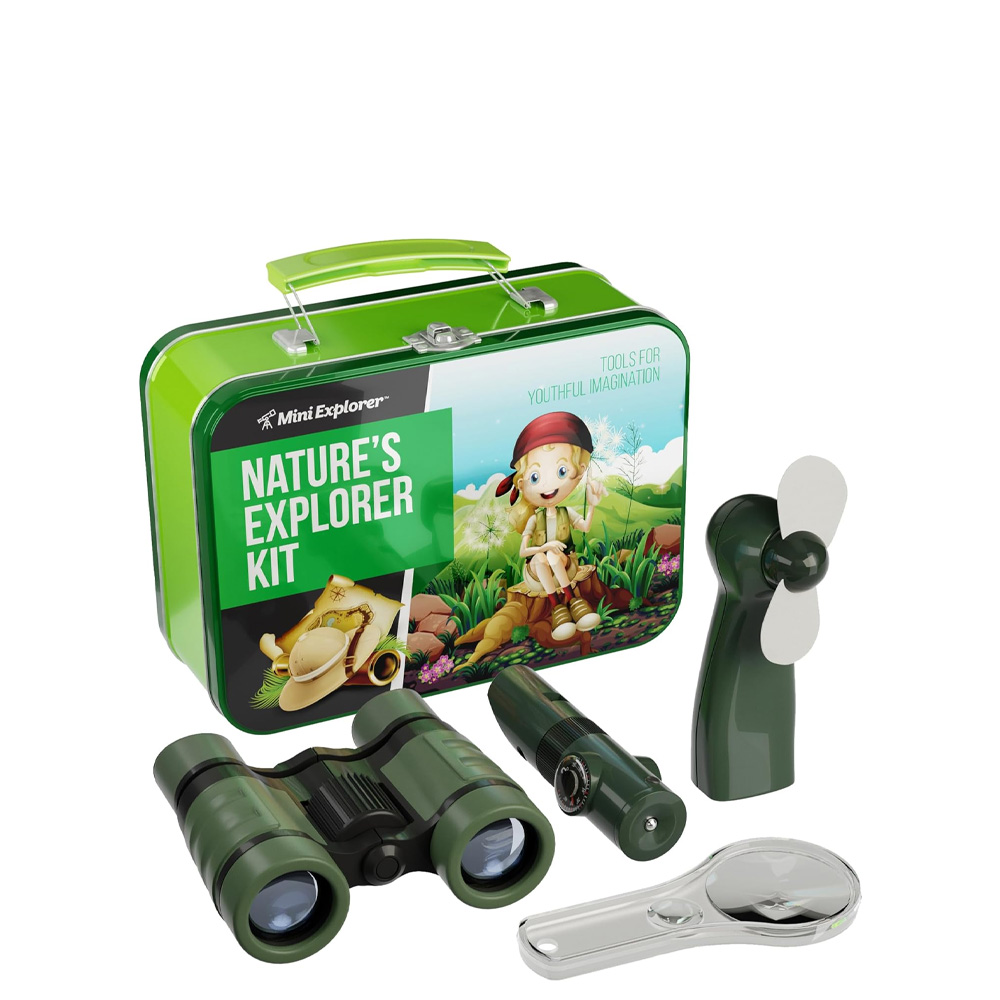
Best value for young kids
For young kids ages 4+, this kit includes 4x30mm binoculars, a flashlight, handheld fan, carry case and a 5-in-1 multi tool.
Best binoculars for kids we recommend in 2025
Why you can trust Live Science
Best binoculars for kids overall
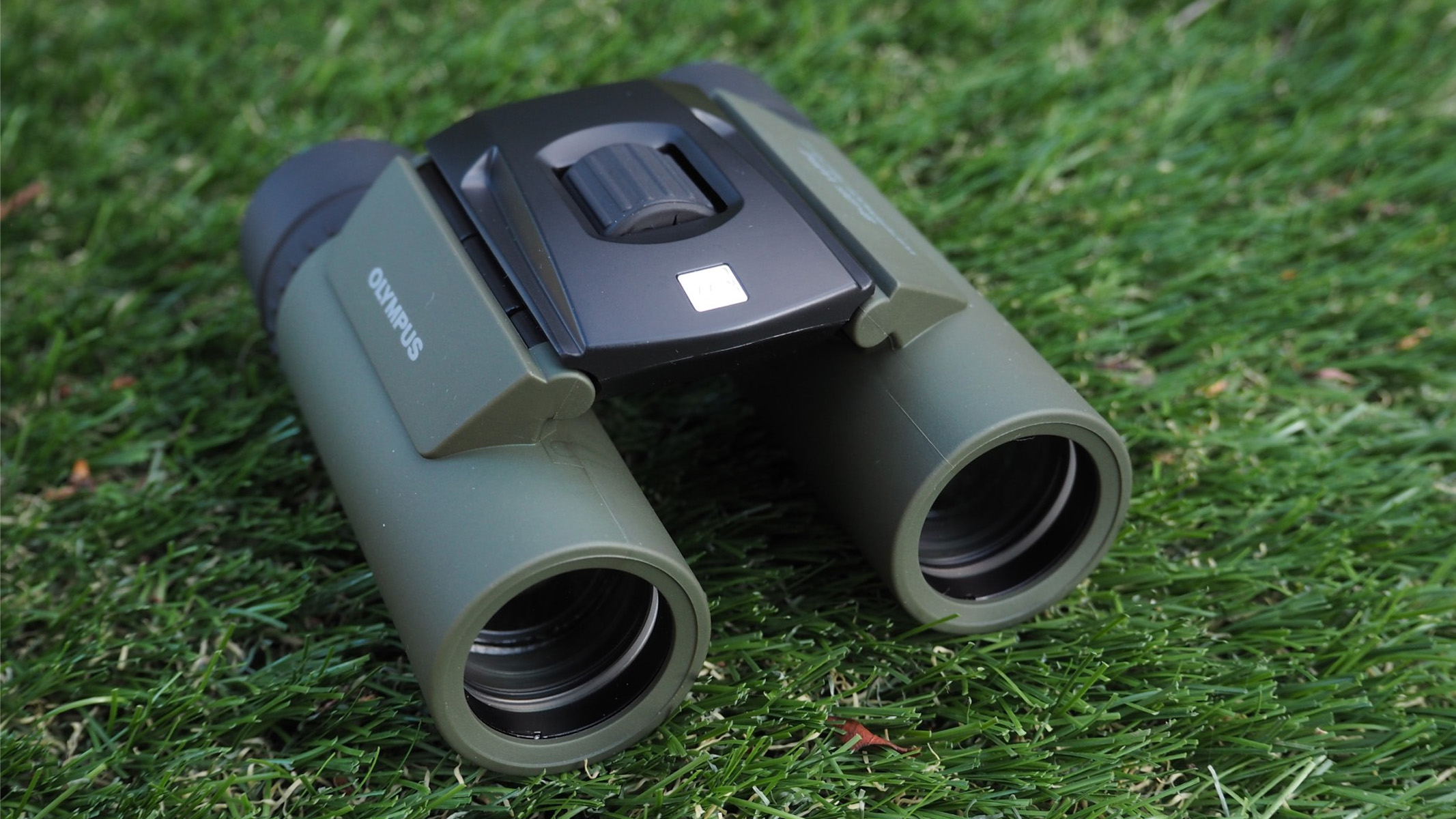
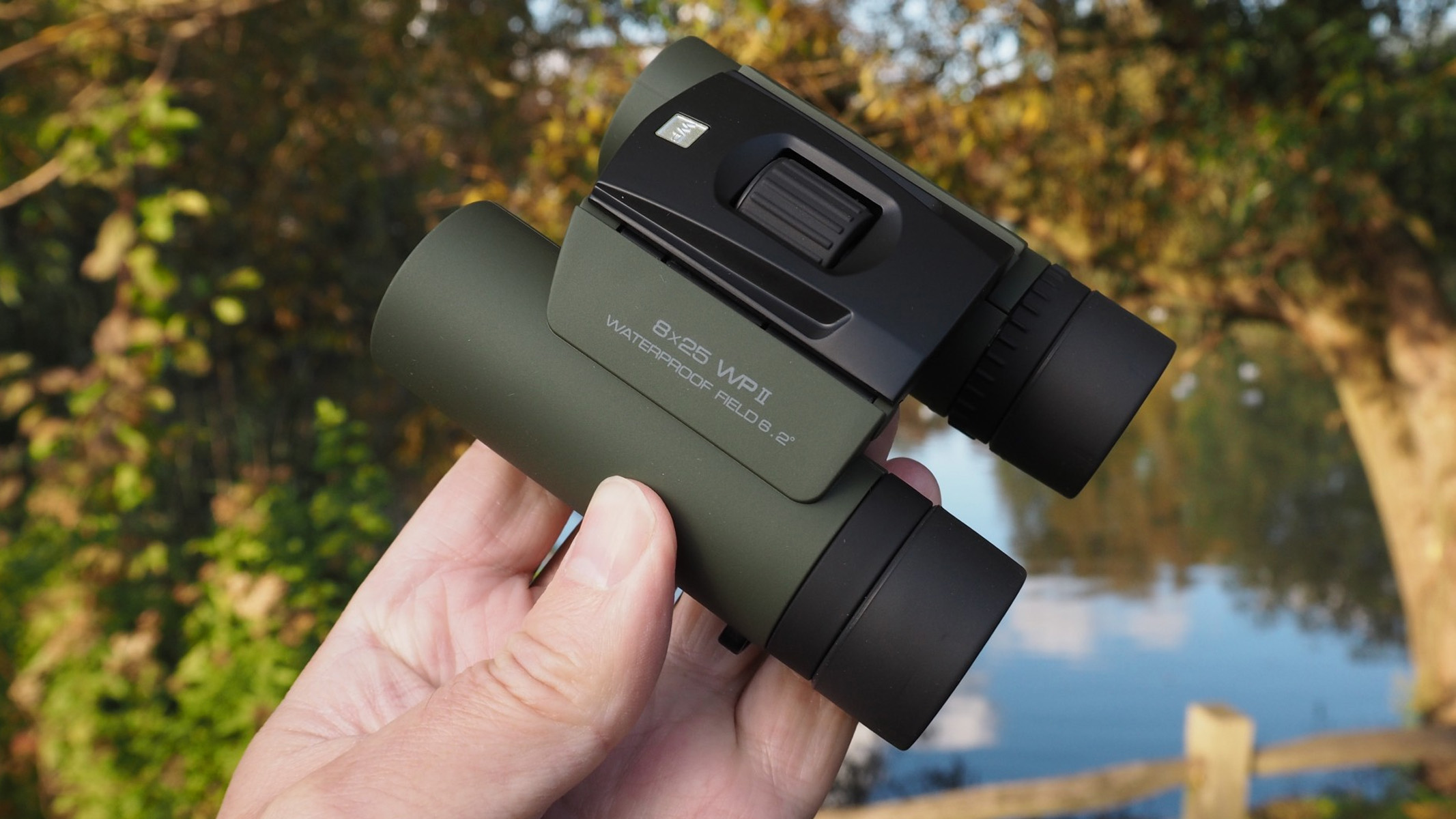
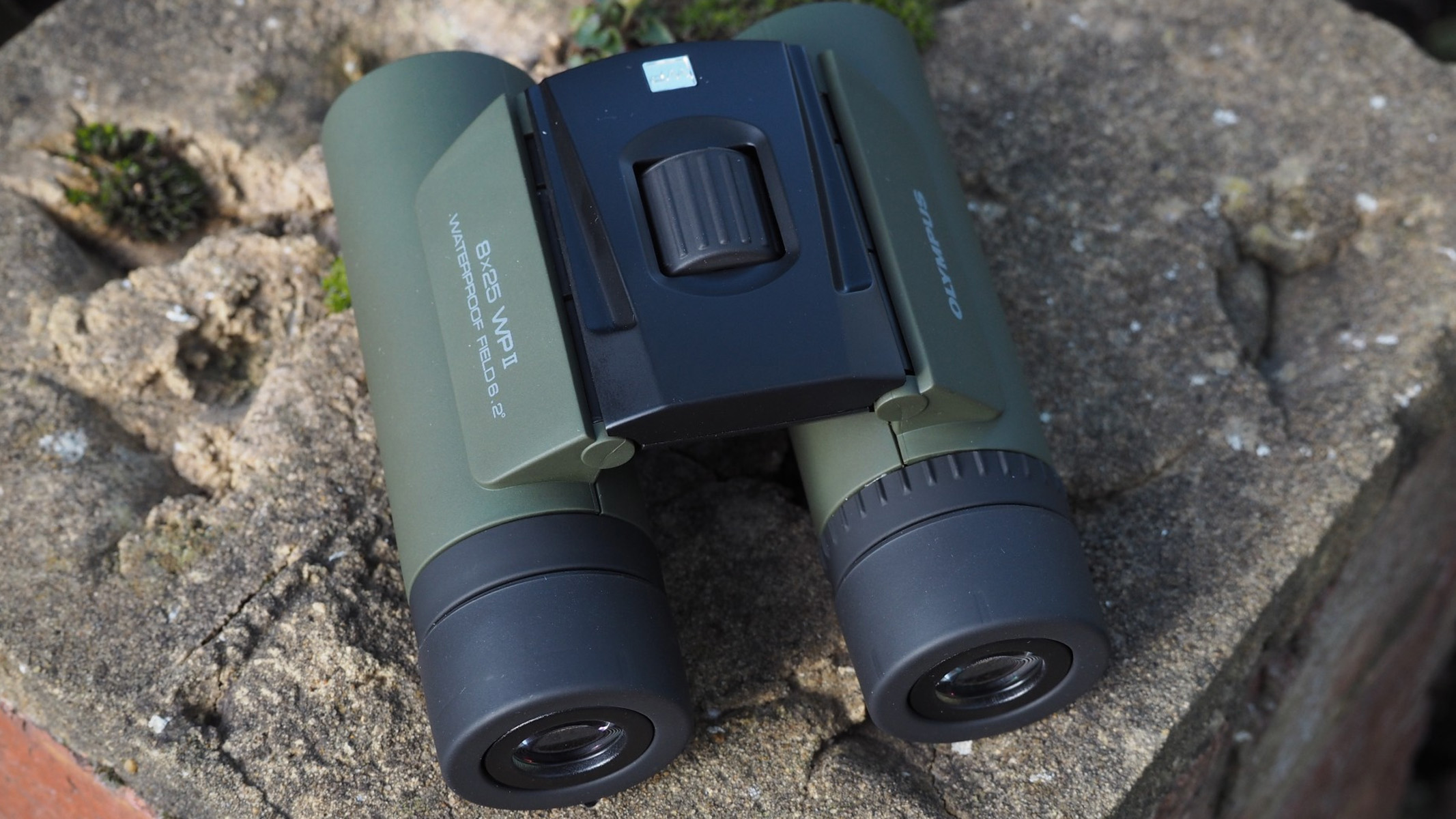
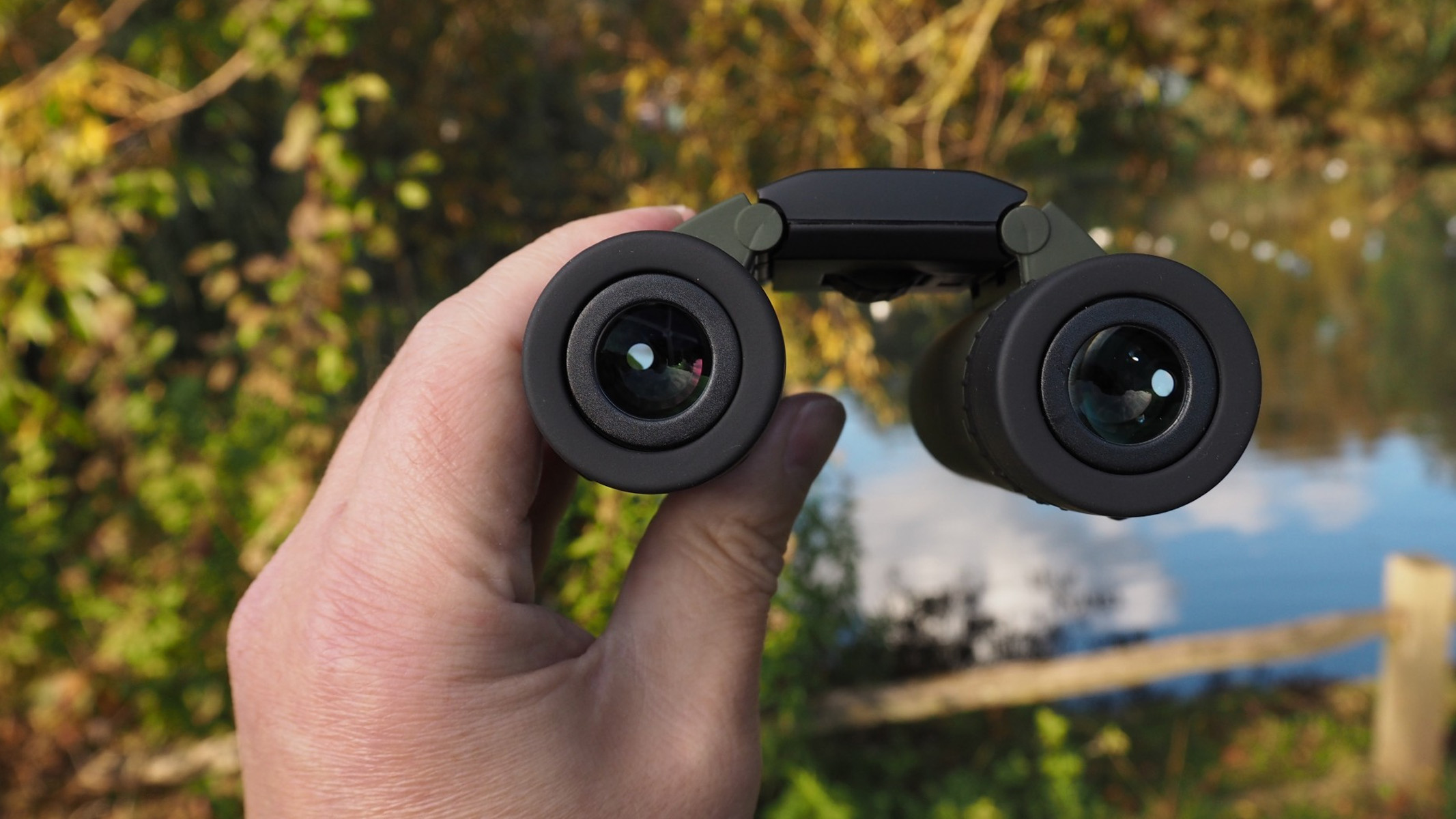
Specifications
Reasons to buy
Reasons to avoid
✅ You want a good all-purpose pair of binos: They're compact and a useful magnification for a variety of purposes.
✅ You don't want anything too heavy: They only weigh 0.63 lbs / 285g, so they're ideal for kids to hold steady.
❌ You have young kids: They're better for kids aged 8+, so younger kids would be better suited to a pair like the Promora 8x21.
❌ You want to look at the stars: For stargazing, you really need an objective lens diameter of at least 50mm — the Celestron SkyMaster 12x60 are the best option in this list.
🔎 Olympus 8x25 WP II: With solid build quality and high-quality optics in a waterproof shell, these binoculars are ideal for taking out and about on your travels, and a great, compact pair for kids. They don't have the highest magnification, but they're a great balance of size and optical prowess. ★★★★
The Olympus 8x25 WP II binoculars are an ultra-portable model from a well-respected optics and camera manufacturer known for its high-quality, excellent-value instruments. They're at the top of our list because we believe they strike the perfect balance between size and optical quality, especially for kids.
At just 0.63 lbs (285g) in weight and measuring just 4.49 x 4.53 x 1.77 inches, these kids binoculars can be thrown in a travel bag or a jacket pocket and will be able to keep up with the little ones wherever they are thanks to their water, fog and dirt-proof design. These compact binos will fit comfortably in the palm of an adult hand in its entirety while weighing no more than a small plastic water bottle a child might have in their lunchbox. We also appreciated the rubber grip, so you won't need to worry as much about them slipping out of your child's hands. Plus, the 'WP' in the name stands for waterproof, so you won't have to worry about getting them wet.
During our Olympus 8x25 WP II review, we were impressed with the image quality here too, which was better than we expected given the diminutive size, with features you'd expect to find in some of the larger models. That’s no doubt down to the manufacturer choosing class-leading BaK-4 porro prisms in the construction as well as featuring fully multi-coated lenses to improve light transmission. Despite their light weight, we were able to keep them still enough to get a steady view, and the lower magnification means they'd be more than suitable for children.
Easy to use, fuss-free, very portable and very reasonably priced, there’s not much about the Olympus 8x25 WP II that either we or our youngest would take issue with.
- Read our full Olympus 8x25 WP II review
Attributes | Notes |
|---|---|
Design | Small and compact, but robustly built. |
Performance | Better than expected image quality. |
Functionality | Small objective lenses are limiting for low light use. |
Best binoculars for young kids
Promora 8x21
Our expert review:
Specifications
Reasons to buy
Reasons to avoid
✅ You want something to keep your kids entertained: This kit comes with binoculars, a magnifying glass and a compass to give them plenty of exploring opportunities.
✅ You aren't sure if they'll stick with it: It's very affordable, so you've only lost around $25 if they don't continue the hobby.
❌ You want something they can use for years: Some users state their durability is sub-par — if you want something that will last a bit longer, try the Occer 12x25.
❌ You're buying for older kids: This kit is aimed at kids 3+ — the Nikon Prostaff P3 8x42 would be a better fit for teens and older kids.
🔎 Promora 8x21: Ideal for young kids who want to get into exploring without breaking the bank, this set includes binoculars, a compass and a magnifying glass to keep them entertained. ★★★★
For the naturally curious kid in your household, Promora's Binoculars for Kids come with a complete explorer's kit (in miniature, that is).
In addition to the preschool-friendly 8x binoculars, your little one also gets a magnifying glass, compass (with clippable carabiner) and a handy carrying bag for their next woodland adventure. They're best suited for younger kids aged 3+, and as they only weigh 7.2 oz / 204g, they're ideal for little hands to hold easily without getting tired, and the extra accessories will keep them entertained beyond just wildlife and nature observation.
From hiking and camping to beginner birdwatching, your kid will feel like a bonafide outdoorsman with the adjustable central axis and central focusing wheel. (Pre-school-friendly models don’t always include this kind of customization.) The comfortable rubber eyepieces include a diopter knob as well, to ensure high-resolution close-up views for all.
Some reviewers reported not-so-kid-resistant build materials, but you're still sure to get your money's worth from this nifty, all-inclusive set. Besides, binoculars for younger kids aren't expected to be the highest quality due to the greater risk of them being dropped or knocked.
They're one of the more affordable options in this list, so even if your kid doesn't end up continuing the hobby, at least you've only spent around $25 on them.
Attributes | Notes |
|---|---|
Design | Three different color choices. |
Performance | Fine for beginners and young users. |
Functionality | Questionable durability. |
Best compact binoculars for kids
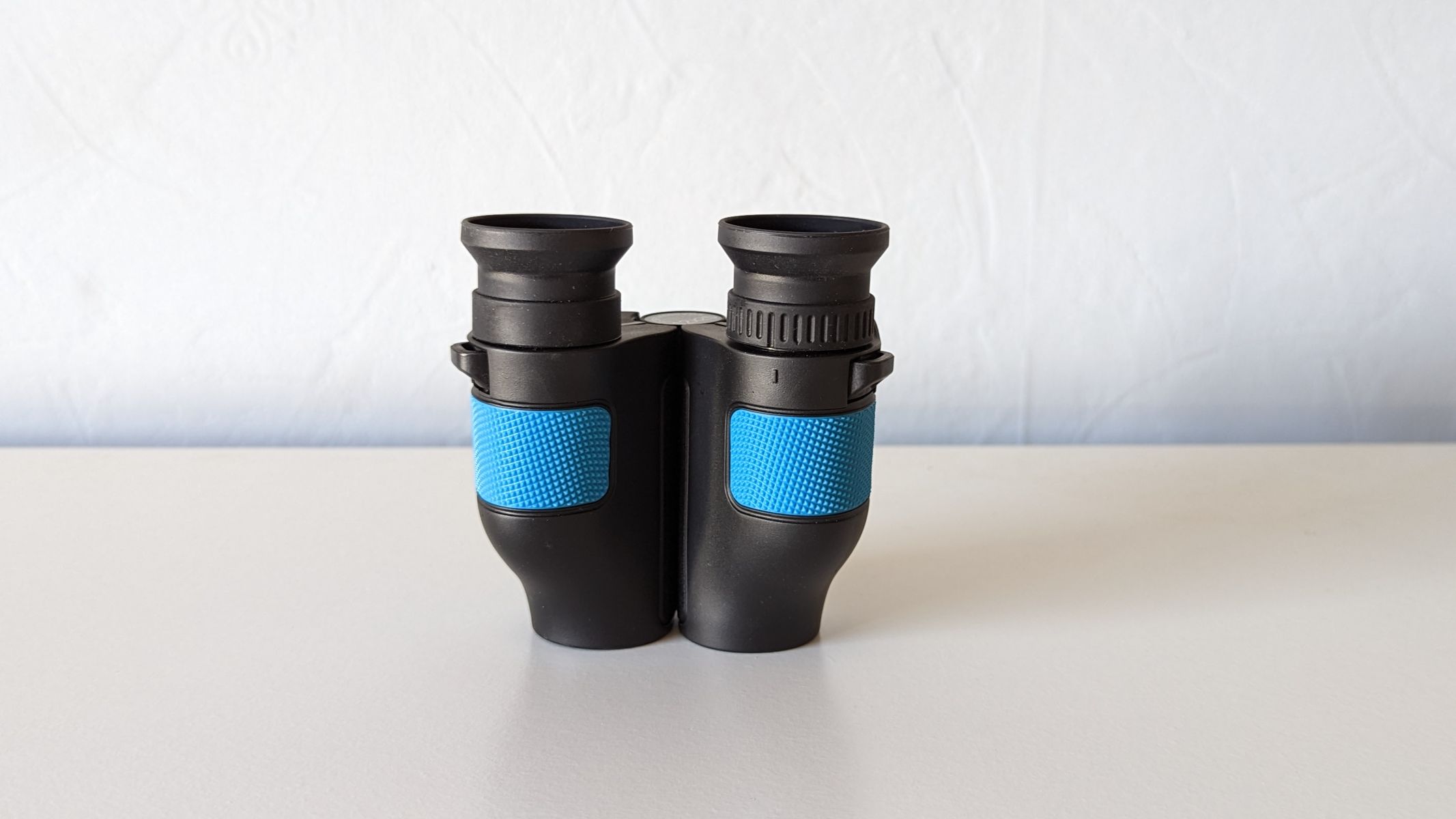

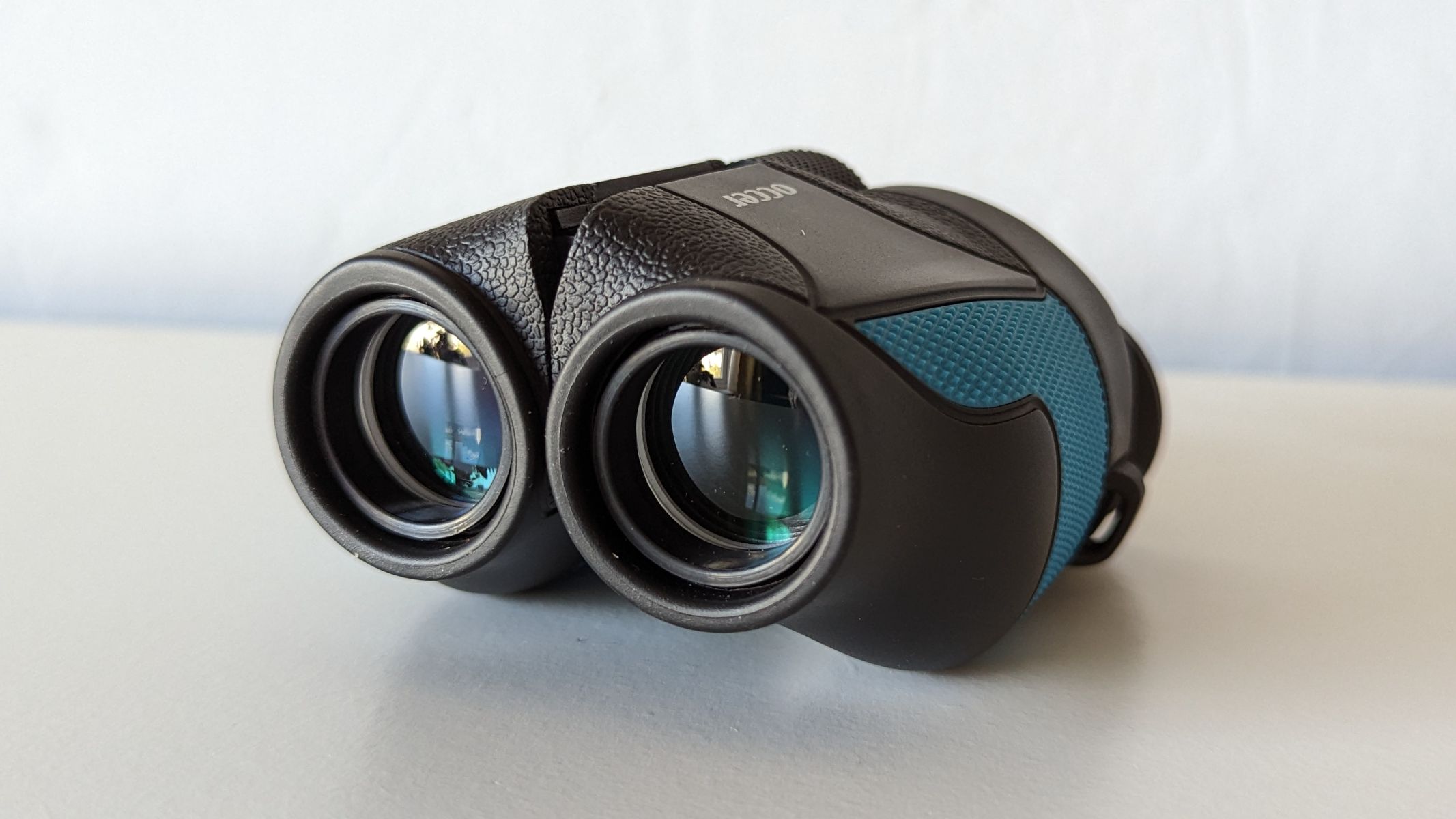
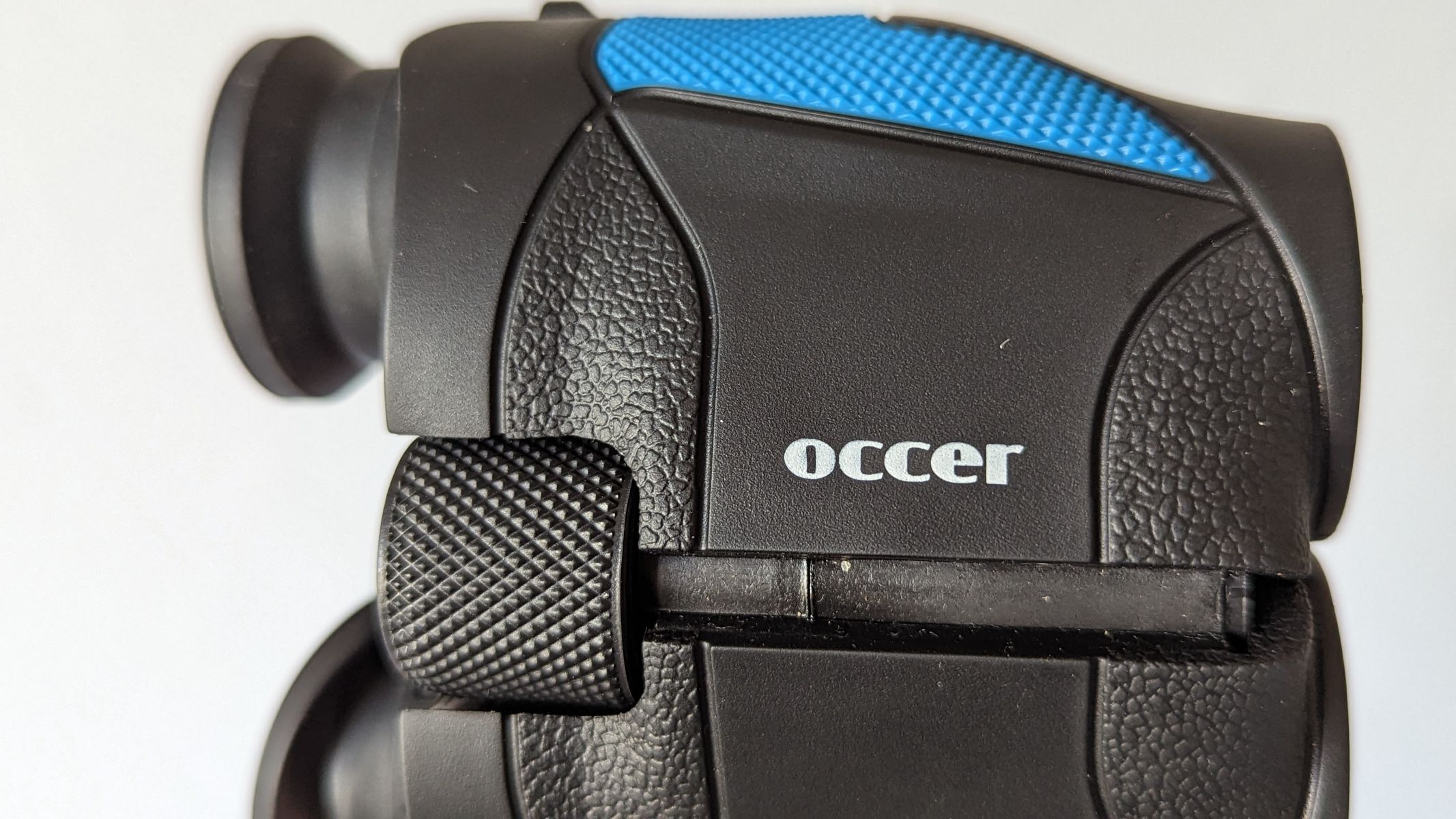

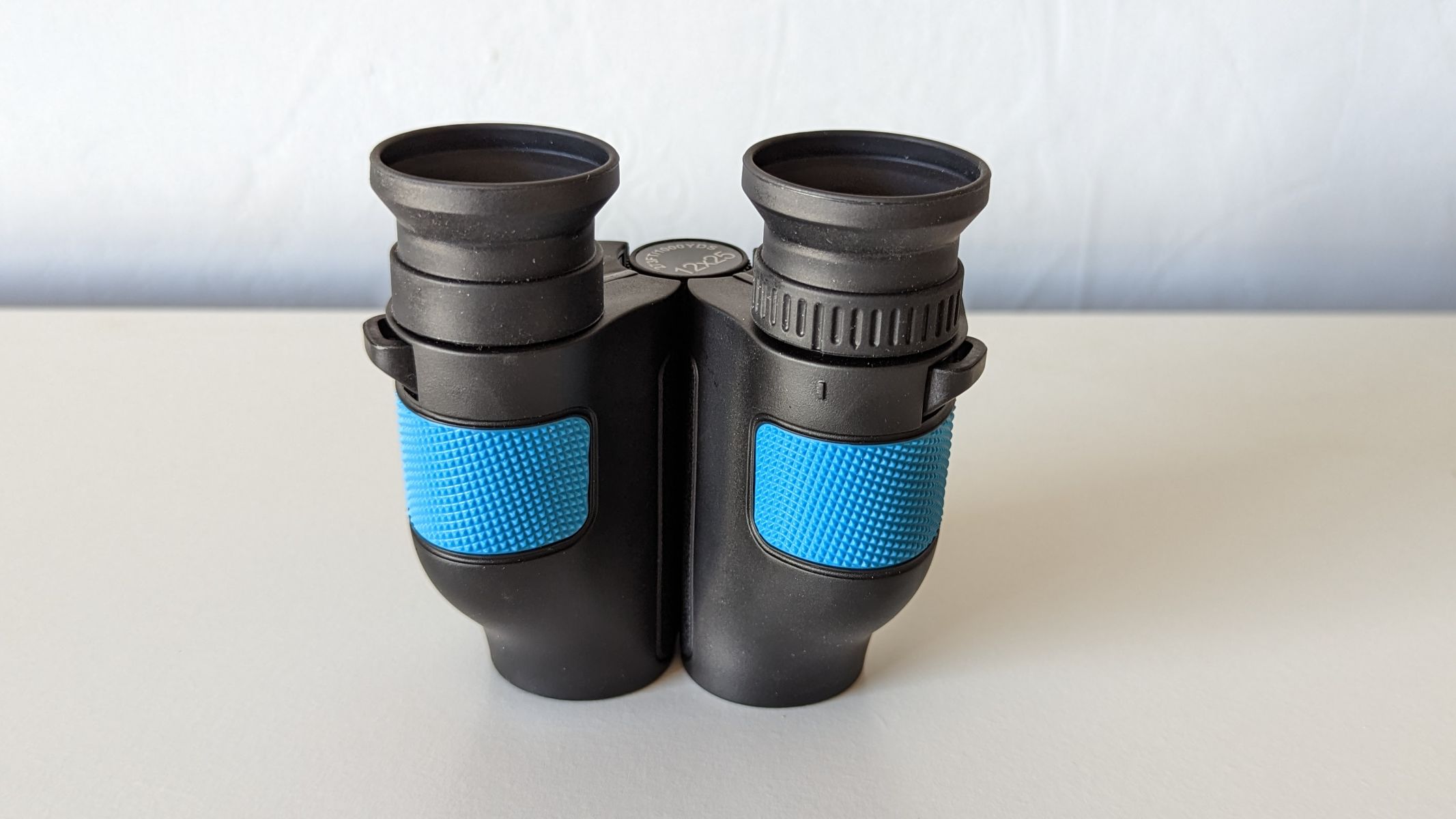
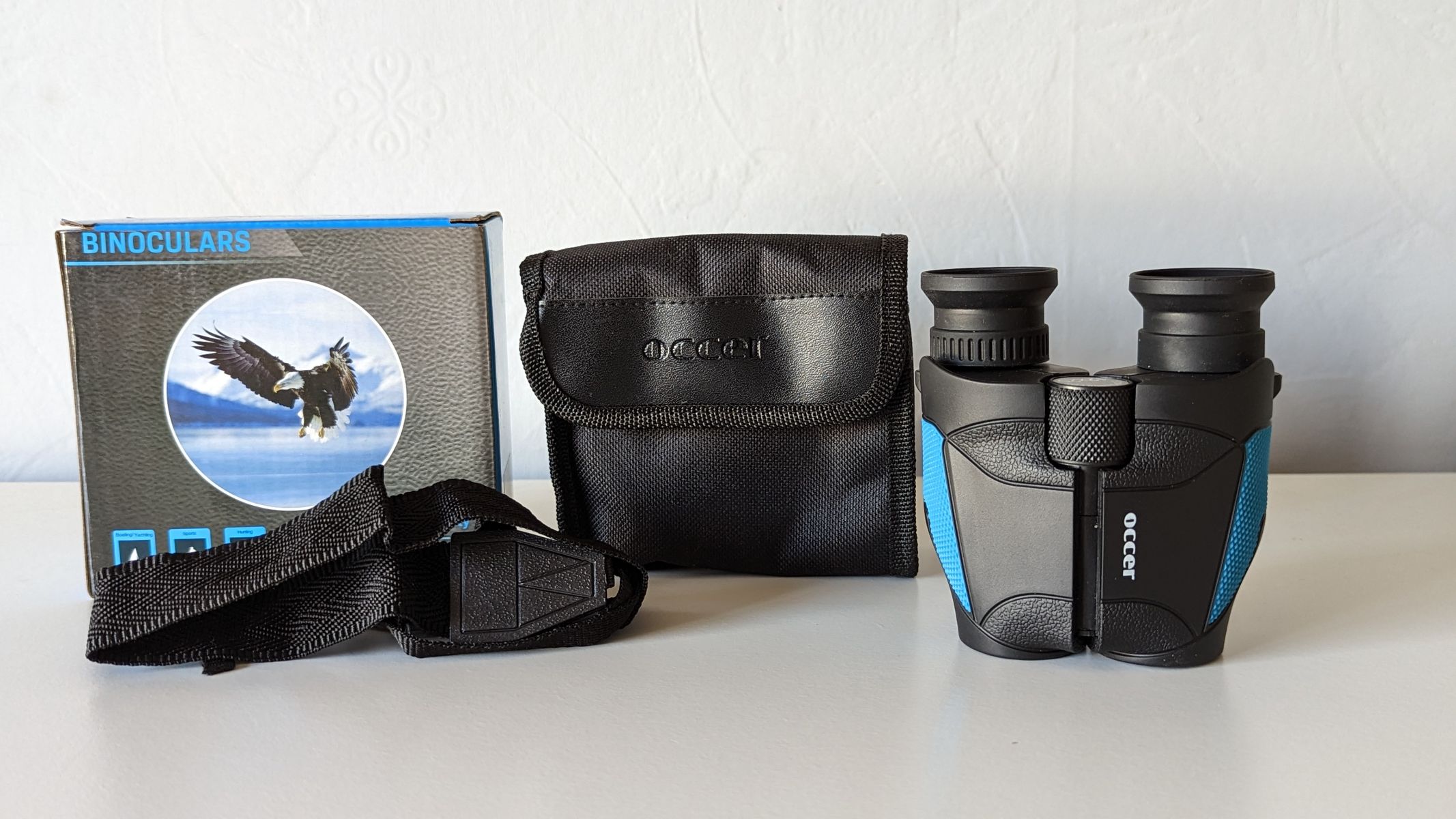
Specifications
Reasons to buy
Reasons to avoid
✅ You want to use them in dawn or dusk: They have Low Light Night Vision, which is great for using them in low-light situations.
✅ You want an ultra-compact binocular: At 7.2 ounces / 204g, they're the most lightweight option in this list.
❌ You want to use them in all weather: They aren't fully waterproof so we'd advise against using them in the rain — try the Celestron Nature DX 8x32 instead.
❌ You have narrow-set eyes: We found the interpupillary distance to be quite restrictive, so young kids or anyone with narrow-set eyes could struggle.
🔎 Occer 12x25: Ridiculously small and compact, we would've expected these relatively unknown binoculars to perform more like a toy, but they pack an optical punch we didn't expect. They're a fantastic option for popping into a bag and taking on camping trips and holidays. ★★★★
The Occer 12x25 Compact Binoculars with Low Light Night Vision is an impressive piece of hardware for the price, boasting 12x magnification (the highest offered on this list) in an ultra-compact package ideal for taking on camping trips and holidays. We found the 25mm objective lenses to be a bit small for low-light use, although they'll be fine for viewing at dawn or dusk.
The plastic and rubber construction is (mostly) waterproof and even comes in different colors, though which color you'll get depends on the merchant, as some of them don't specify color when you order them. There's nothing small or dainty that sticks out on the body, which means they'll happily handle a bit of rough use from kids who are perhaps not the most gentle-handed.
We noted in our Occer 12x25 Compact Binoculars review that the 15mm eyepiece flips back for users who wear glasses and works fine, but isn't as good as others on this list which rotate and satisfyingly clunk into place. Generally, 16mm and above is a good amount of eye relief, so you may have to take your glasses off for extended use. We also found the interpupillary distance was quite restrictive, so anyone with narrow-set eyes might struggle to get a decent view through them.
Overall we found them very easy to use and were incredibly impressed by the optical performance. We did notice some chromatic aberration (color fringing), but that's to be expected for the price. The FMC multilayer broadband film and BaK-4 prisms are designed for exceptional low-light performance, which is great for watching sunsets or sunrises if your youngster is an early bird. In short, we think these deceivingly powerful binoculars are the perfect pocket companion for outdoor excursions, no matter the time of day.
- Read our full Occer 12x25 Compact Binoculars review
Attributes | Notes |
|---|---|
Design | Ultra-portable thanks to its compact design. |
Performance | Some chromatic aberration (color fringing). |
Functionality | Interpupillary distance should be addressed. |
Best kids binoculars for bird watching
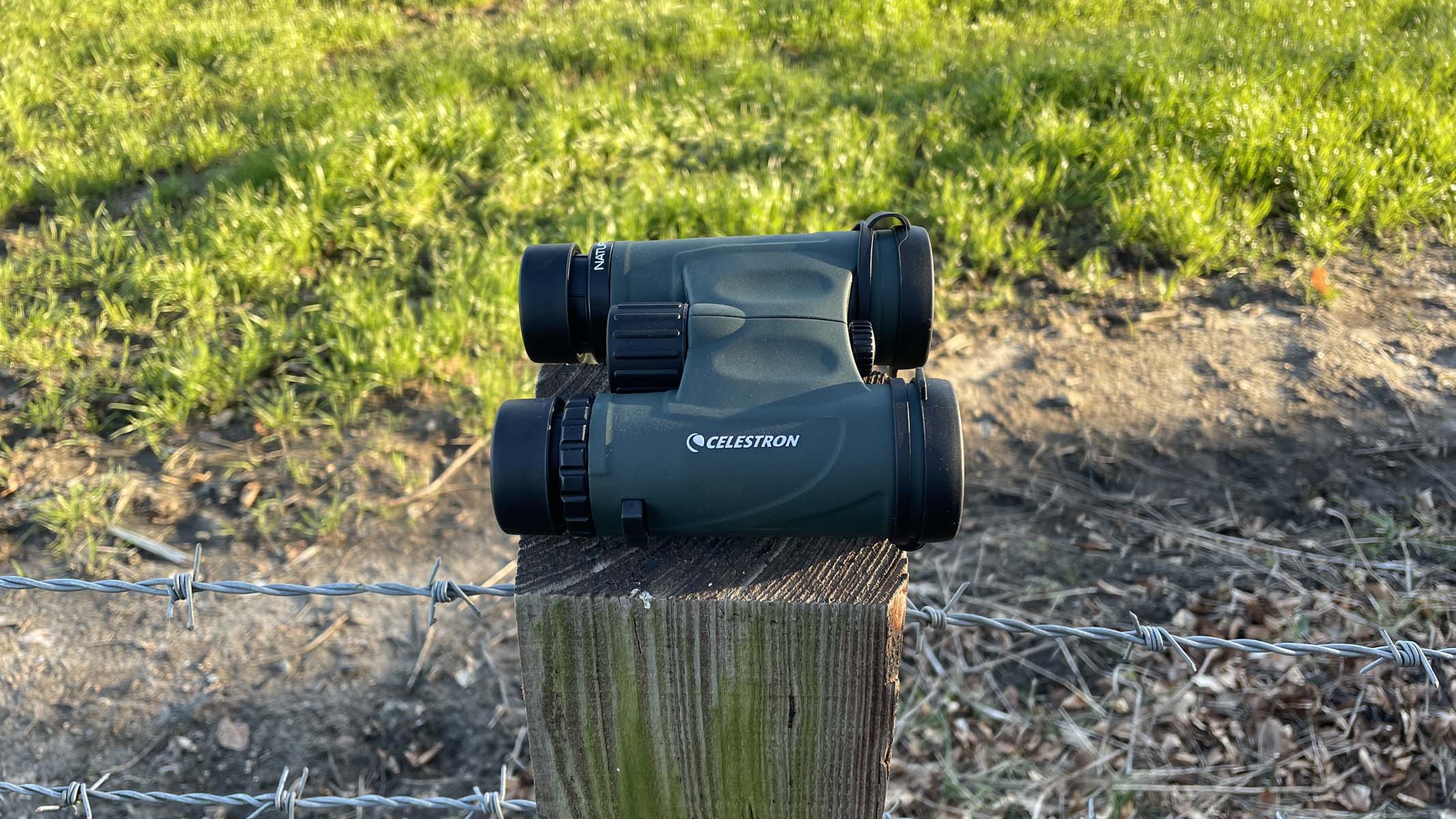


Specifications
Reasons to buy
Reasons to avoid
✅ You want something durable: They're well built, waterproof and fogproof so can be used in any weather and can withstand the occasional bump.
✅ You want to focus on nature: We think they're great for kids who want to observe wildlife.
❌ You're buying for small children: They're at the premium end of the market — small kids would get on better with the Nature's Explorer Kit.
❌ You don't want to spend loads: They're on the more expensive end of the market for kids binoculars — if you're on a budget, try the Occer 12x25.
🔎 Celestron Nature DX 8x42: For older kids with a keen interest in wildlife observation, we think they're a great option with bright images and a wide field of view that will last them a long time. ★★★½
If you're looking to invest in an excellent pair of kids binoculars that will last them for the long haul then the Celestron Nature DX 8x42 might be just what you're after.
A great premium choice for older kids with steadier hands, these binoculars are better suited to those who are happy with a wider field of view (the amount you can see through the binos), especially if you already have a semi-seasoned bird-watcher in the family. The 8x magnification is decent for most uses, although not the highest in this list.
Waterproof and encased in rubberized armor, these are also suitable for users who wear glasses thanks to the 17.5mm of eye relief, which is more than enough to use without having to take them off.
In our Celestron Nature DX 8x42 review, we praised the overall build quality of the binoculars, along with the quality of the optics. The multi-coated 8x42 lenses ensure bright imagery, but if you want more power, you can upgrade all the way to a 12x56 model. You get the perfect combination of magnification, field of view and close focus distance for most nature scenes, but it's worth keeping in mind the extra magnification will make them a little trickier to hold still.
The good news is they even come with a built-in tripod mount for long periods of steady observations, which is great if you want to set them up for multiple users to look through, or if your kids can't seem to hold them steady enough.
- Read our full Celestron Nature DX 8x42 review for more details.
Attributes | Notes |
|---|---|
Design | Built to last. |
Performance | Bright, sharp imagery. |
Functionality | Waterproof and fogproof. |
Best binoculars for teens
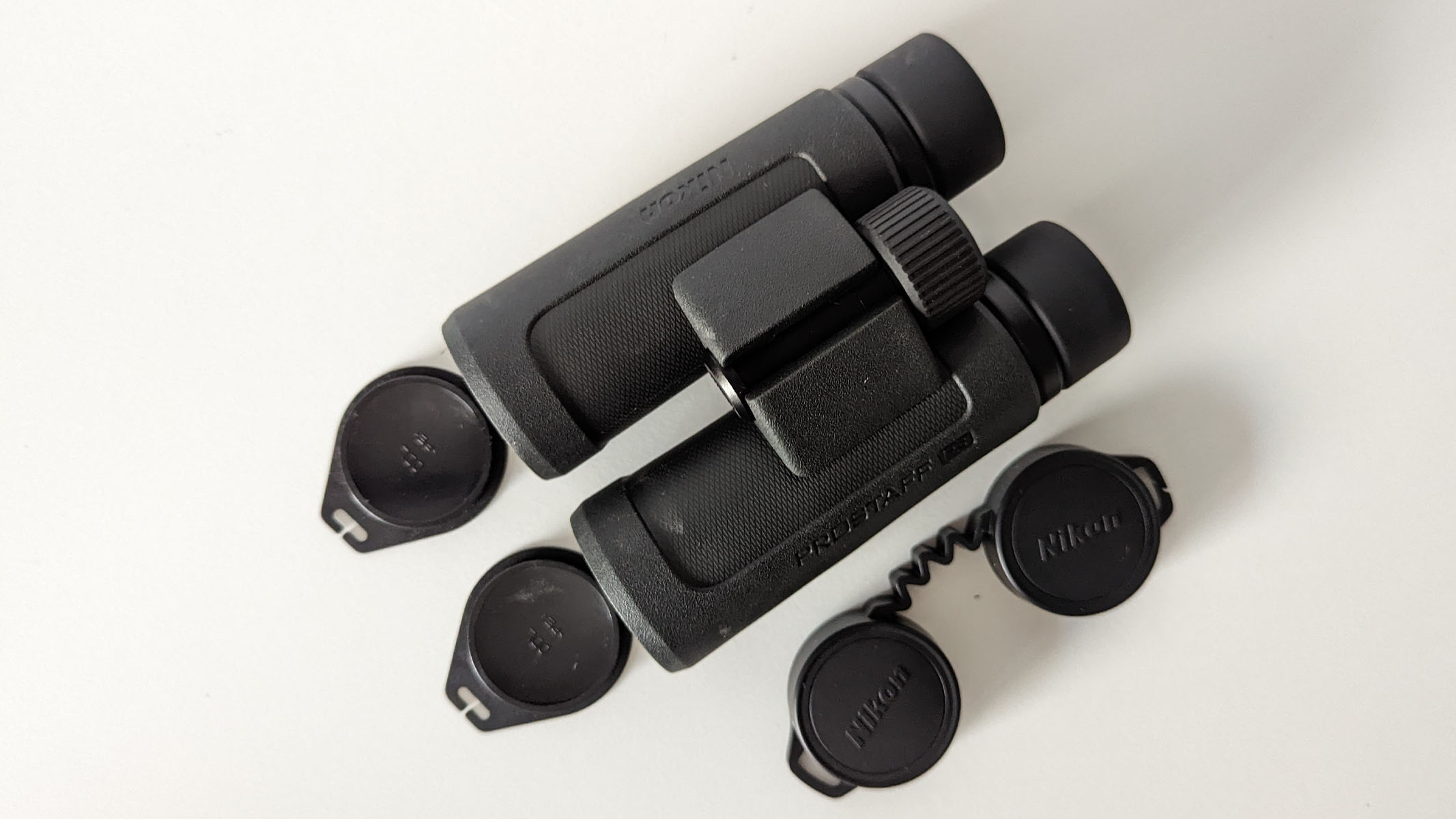



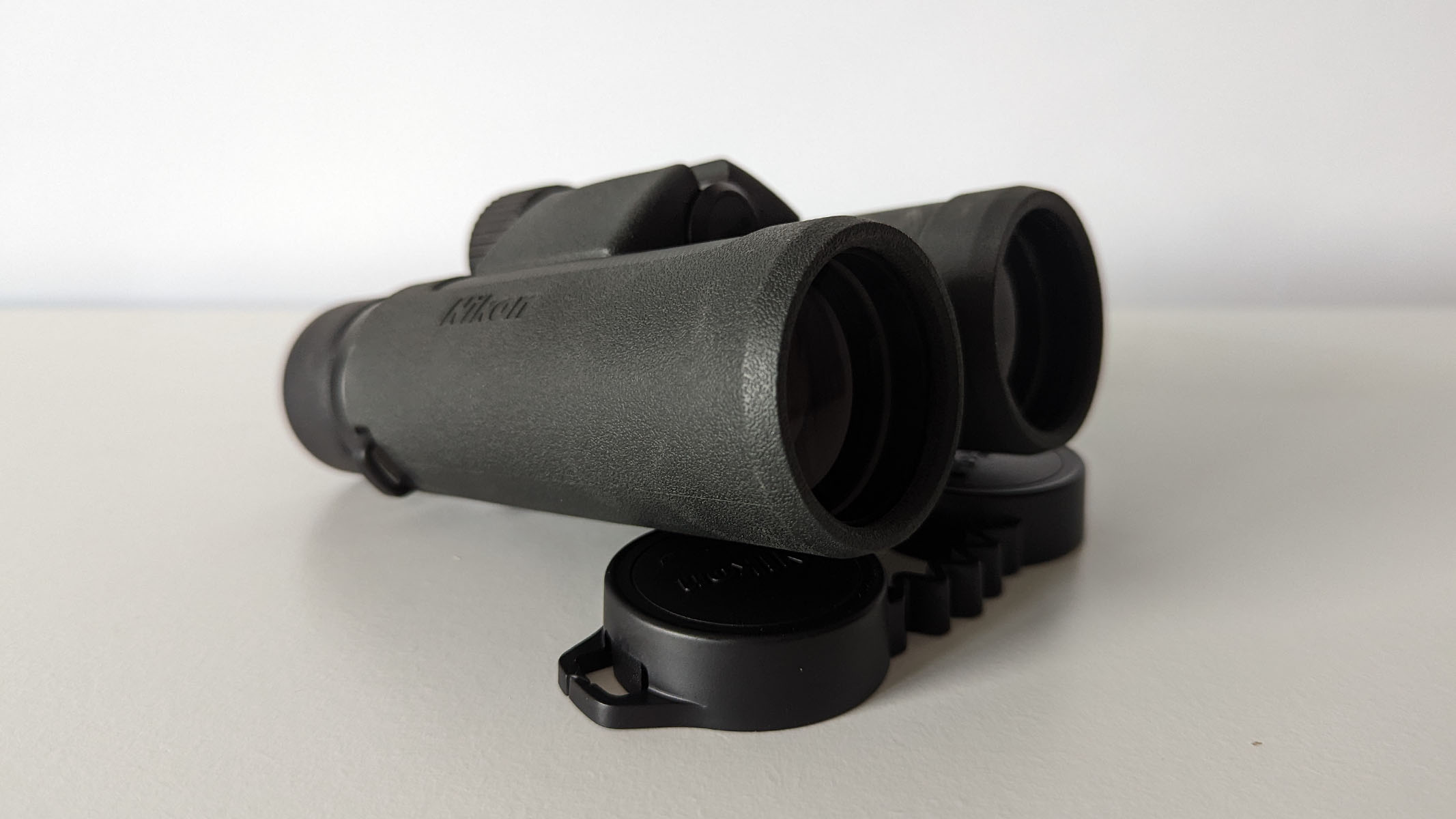
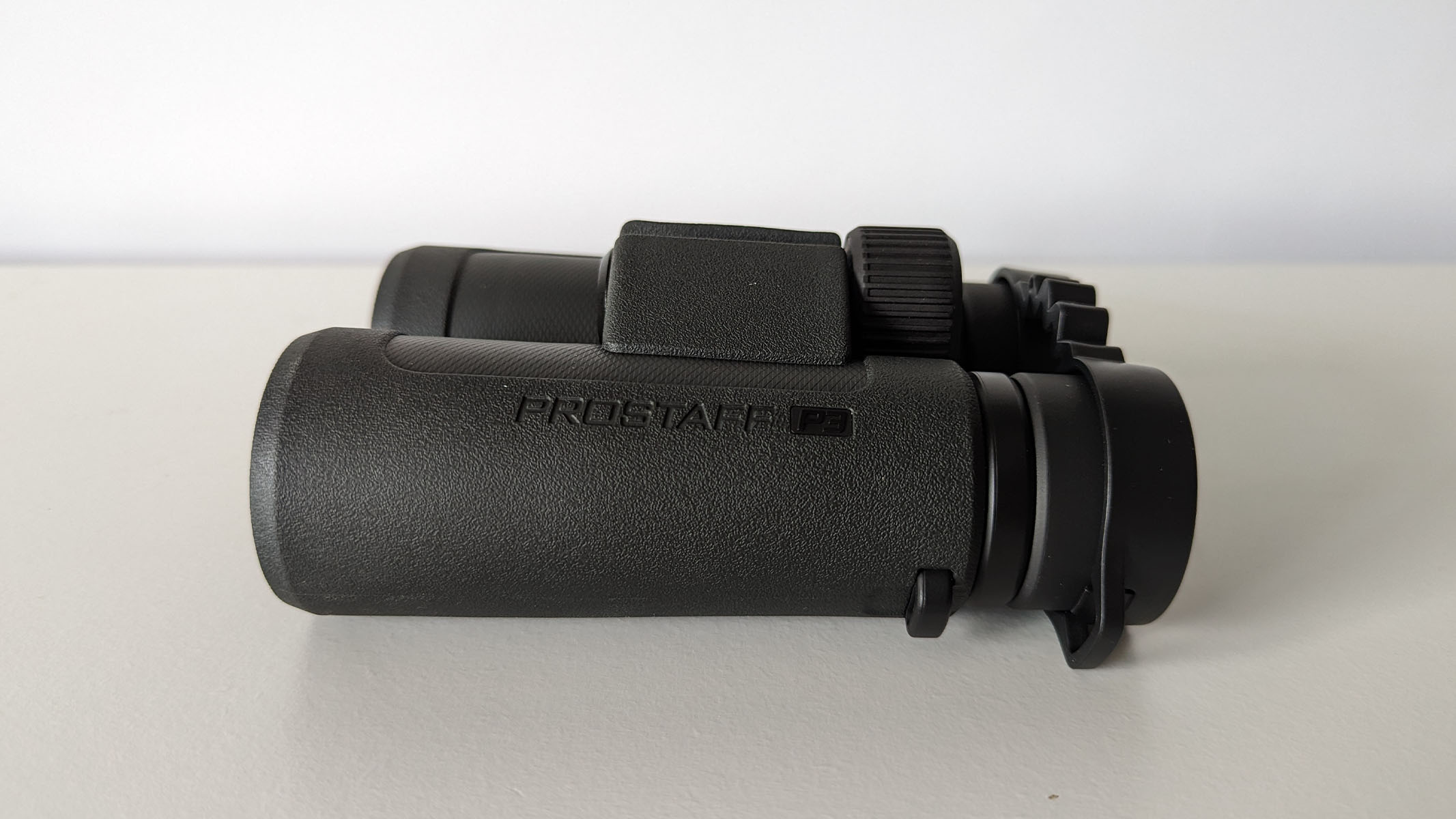
Specifications
Reasons to buy
Reasons to avoid
✅ You want quality on a budget: We were very pleasantly surprised with how good the optics were for the price.
✅ You want something that'll last: Their high-quality build and impressive optical performance will last for years.
❌ You're buying for young kids: These premium binoculars wouldn't suit little hands and faces, try the Promora 8x21 instead.
❌ You want good accessories: We found in our review that the lens caps had a tendency to fall off, and the neckstrap was a bit thin.
🔎 Nikon Prostaff P3 8x42: For older kids and teens who have outgrown their beginner pair, they're a fantastic step up into a more 'serious' binocular. They'll want to upgrade eventually if they continue the hobby into adulthood, but these binos will still provide years of use. ★★★★
The Nikon Prostaff P3 8x42 binoculars have some premium features for their price point and while they're at the slightly more expensive end for kids binoculars, they offer fantastic value if you're sharing them amongst the family, or if your child is experienced with binoculars and wants a really good pair.
Nikon has been producing high-end optics for over 100 years and the Prostaff P3 line is no different. We recommend the 8x42 model due to the wide field of view which makes it easier for kids to observe subjects. We were impressed even when we reviewed them through an adult's lens, so we think kids will love them even more. For adults, the Nikon Prostaff P7 10x42 is fantastic.
The rubberized body will afford enough of a grip for smaller hands that they’ll be able to enjoy a judder-free view with it with less chance of them slipping out of the hands. We found the operation of the focus wheel to be slow and steady, which means greater precision when zeroing focus in on subjects. The images we saw were pin-sharp except around the very edges, where we noticed a little softness, and there was some chromatic aberration (color fringing) around contrasting objects, but we didn't find either of these faults too distracting, and we can't image kids will take much notice of them.
In our Nikon Prostaff P3 8x42 review, we found that the lens caps and eyepiece covers didn't quite sit as snugly as we'd have hoped (they fell off a fair amount during testing) and the neckstrap was a bit thin. However, water and fogproofing, plus their sharp optical performance and minimal color fringing more than made up for it, so they'll hold up well if your child wants to use them out in the rain (or, God forbid, drop them in water). The eye relief is a little shorter than we'd like for kids who wear glasses — we typically recommend at least 16mm, whereas these have 15.4mm of eye relief. Not horrendous, but you might want to take your glasses off for extended use.
- Read our full Nikon Prostaff P3 8x42 review
Attributes | Notes |
|---|---|
Design | Slimline design to suit smaller hands. |
Performance | Better than expected optical quality. |
Functionality | Waterproof and fogproof. |
Best for stargazing

Specifications
Reasons to buy
Reasons to avoid
✅ Your kids want to see planets: We were able to make out Jupiter and three of its moons.
✅ Your child is interested in astronomy: While they aren't totally unusable for other pursuits, they're best suited to beginner astronomy.
❌ Your kids are smaller: Due to their size, they're best suited to older kids. Size down to a 10x42 if your kids are younger.
❌ You don't have a tripod: They're best mounted on a tripod for steadier views.
Celestron SkyMaster 12x60: Teens and older kids showing an interest in the night sky will enjoy sharp, bright views of the moon, star clusters and planets — just make sure they also have a tripod. ★★★★
The best binoculars for stargazing are a little different from standard binoculars, and quite a lot different from most kids' binoculars. The increased magnification needed to see the stars, plus the large objective lenses required to let in more light, tends to equal some pretty big and hefty binoculars, which are usually only used by adults.
That's not to say that kids won't be able to use binoculars for stargazing, just that it's extra important to choose the right pair. While you can get some pretty nice wide-field views of the night sky with a pair of 10x42s, sizing up a little can go a long way in order to see some spectacular sights.
The Celestron SkyMaster 12x60 strikes a great balance between size and power that older kids and teens will certainly be able to handle and appreciate. In our full Celestron SkyMaster 12x60 review, we were able to make out three of Jupiter's moons and enjoyed getting a closer look at Orion. If your child would prefer more detailed views of the night sky, perhaps consider investing in a beginner telescope.
The caveat here is that due to the size and weight of these binoculars, we'd recommend mounting them on a tripod to get the most out of them. Not only will the views be shaky, but they'd get heavy for anyone holding them up to their eyes for long periods, especially kids. For this reason, we'd recommend them for teens and older kids who can handle a large piece of equipment more easily.
- Read our full Celestron SkyMaster 12x60 review
Attributes | Notes |
|---|---|
Design | Size and weight best suited to older kids. |
Performance | We could see three of Jupiter's moons. |
Functionality | Requires a tripod. |
Best budget kids binoculars


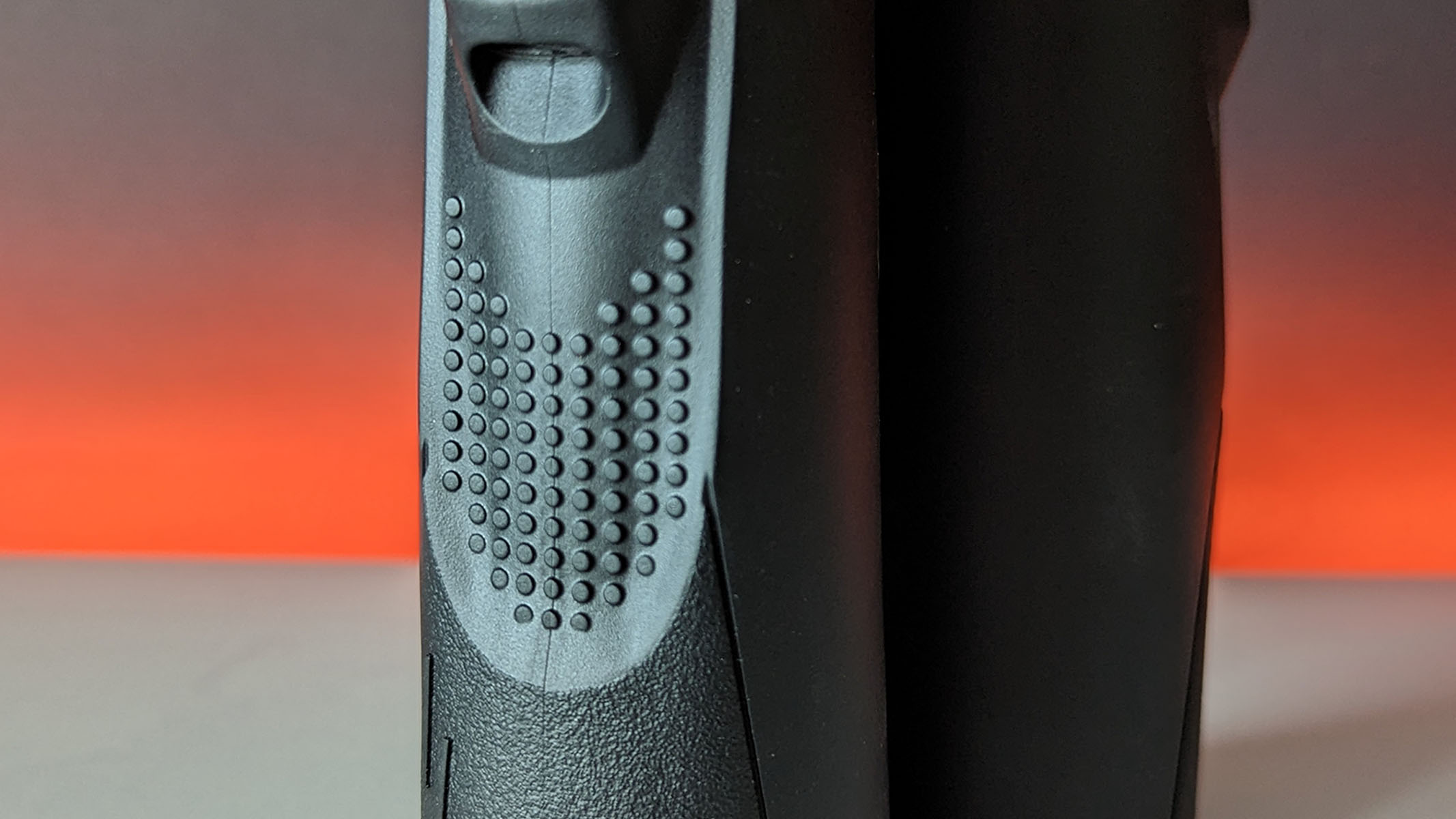

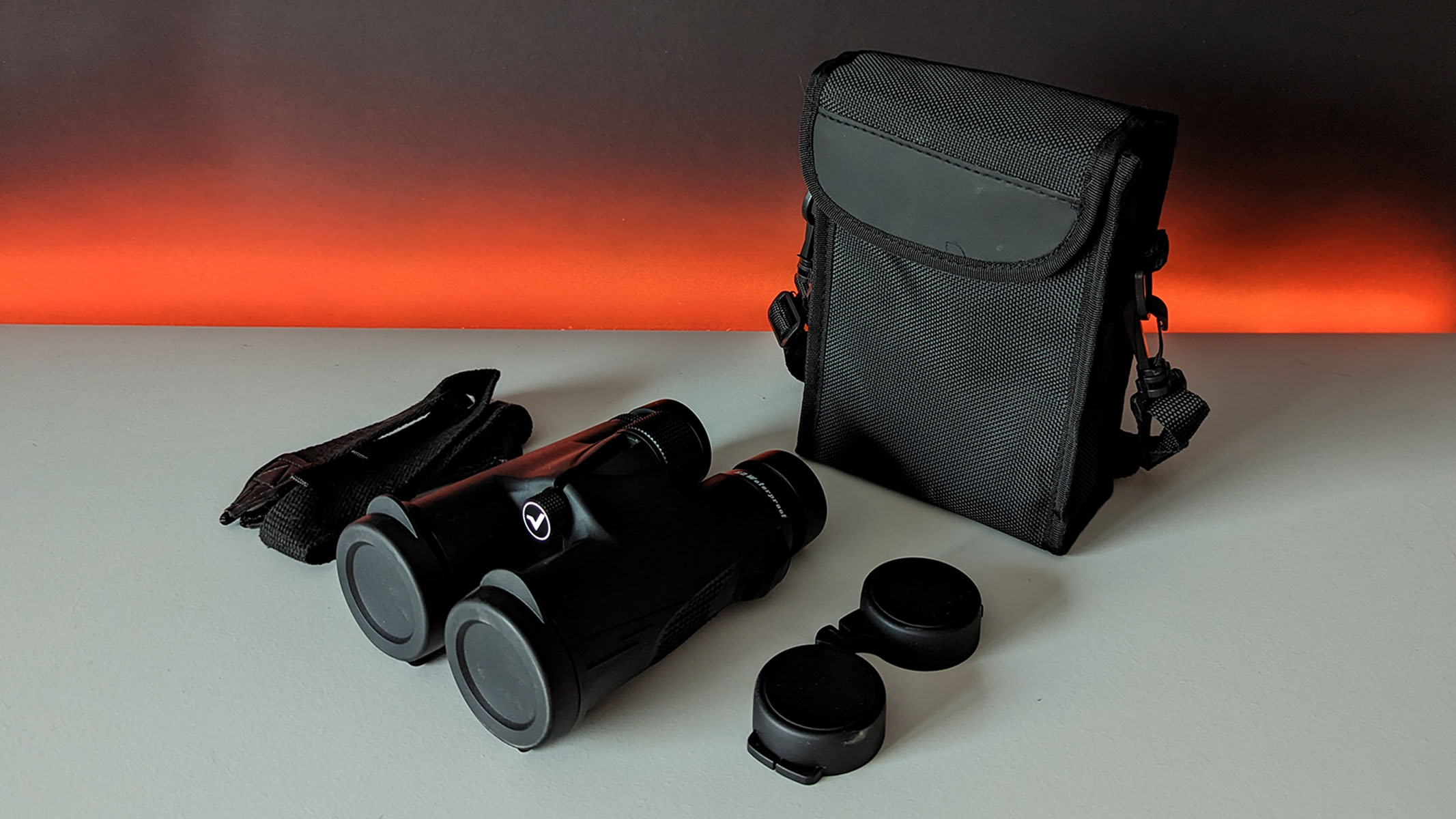
Specifications
Reasons to buy
Reasons to avoid
✅ You want high magnification: While it's not the highest in this list, 10x magnification coupled with 42mm objectives provides bright, sharp images.
✅ You're buying for older kids: They're suitable for kids aged 10+.
❌ You want high-quality optics: We were left a little disappointed — the Nikon ProSTAFF P3 8x42 are much better on the optics front.
❌ You're a more advanced user: They're acceptable as a beginner binocular, but more experienced users will want something like the Olympus 8x25 WP II.
🔎 Svbony SV47 10x42: A good generalist beginner binocular for teens and older kids, the SVBONY SV47s perform adequately across the board. They give good enough views when used during daylight hours and are affordable enough for beginners on a budget. ★★★★½
Good optical performance for a fair price — that’s the crux of these budget binoculars. 10x magnification coupled with a 42mm objective lens, meaning a marginally weightier build overall, suggests to us these binoculars would be more of a match with older children rather than those under ten.
However, they're among the lowest-priced binoculars in this 10x42 class and you can often find them much cheaper during peak trading events like Amazon Prime Day and Black Friday or Cyber Monday. SVBONY is a brand known to fluctuate their price, so we wouldn't recommend paying more than around $60 for them.
Youngsters are here provided with enough magnifying power to observe birds and wildlife at a sufficient distance to avoid disturbing them in their natural habitat or scaring them away. We thought the optics were acceptable for a beginner pair, although we did notice that there was a fair amount of softness outside the image circle, some chromatic aberration (color fringing) was visible and they were a little dark for a pair of 10x42s.
There are raised nodules on the flanks of the binocular to help add grip for handheld observation, even though the overall feel is quite smooth.
Overall, during our Svbony SV47 10x42 review, we found the image quality is a little softer than we’d have expected given the objective lens size, especially when light levels fall, and focus doesn’t completely maintain its sharpness into the corners of the frame. We were also impressed by how waterproof they were — they claim they can be held underwater for up to 30 minutes down to a depth of one meter, which is better than even more expensive binoculars from well-established brands.
Still, for the price being asked this is a more than acceptable starter model that should maintain the interest of older children and won’t weigh heavy on their parents’ wallets if it doesn’t. If you want a pair with better optics on a slightly higher budget, take a look at the Nikon Prostaff P3 8x42 above.
- Read our full Svbony SV47 10x42 review
Attributes | Notes |
|---|---|
Design | Weighty build better suited to older children. |
Performance | Acceptable optics for a beginner binocular. |
Functionality | IPX7 waterproofing is ideal. |
Best value binoculars for young kids
Explorer Kit for Kids by Mini Explorer
Our expert review:
Specifications
Reasons to buy
Reasons to avoid
✅ They're your child's first pair: An educational tool for learning while also providing entertainment, they're a great first pair of binos for young kids.
✅ You need them to be durable: They're shockproof, so can certainly withstand bumps and knocks.
❌ You want high magnification: It's limited to 4x magnification which won't satisfy older kids — the Occer 12x25 have the highest magnification on this list.
❌ You're buying for older kids: They're definitely aimed toward younger kids just getting into the hobby as more of an educational tool, the Olympus 8x25 WP II are the best for kids overall.
🔎 Explorer Kit for Kids by Mini Explorer: Featuring a 5-in-1 multi-tool for future explorers and 4x30mm binoculars, it's a great educational tool for young kids who want to get into the hobby. ★★★★
Are you raising a future survivalist? Then an ordinary set of binoculars just won't do. For the aspiring Ray Mears in your life, gift them with the Explorer Kit for Kids. When it comes to sunshine-soaked excursions with your kid, every walk in the woods is a potential learning experience — when you have the right educational tools on hand, that is.
In the box, you'll get an awesome 9-in-1 outdoorsman set that includes not only 4x30 binoculars but also a magnifying glass, crank flashlight and handheld fan, all tucked inside a carrying case that looks like a vintage lunchbox.
The 4x magnification is plenty for younger observers who just want the novelty of being able to see a bit further than they can with the naked eye, and the 30mm objective lenses are a decent diameter for bright images, although understandably, they won't be the best you've ever seen. They're also shockproof, which is handy if they're dropped or knocked.
Also shipping with the binoculars is a 5-in-1 multitool that houses a built-in compass, thermometer, whistle, instant flashlight and mini-magnifying glass.
And if birdwatching is only a bullet point on your child's list of outdoor interests, binoculars are just the beginning — the best binoculars for stargazing are a fantastic next step once they're a bit older and want to turn their eyes skywards. Turn hours of playtime into days of adventuring with the Explorer Kit for Kids.
Attributes | Notes |
|---|---|
Design | Shockproof design. |
Performance | Limited to 4x magnification. |
Functionality | Also includes magnifying glass, crank flashlight and handheld fan. |
Best kids binoculars for STEM learning
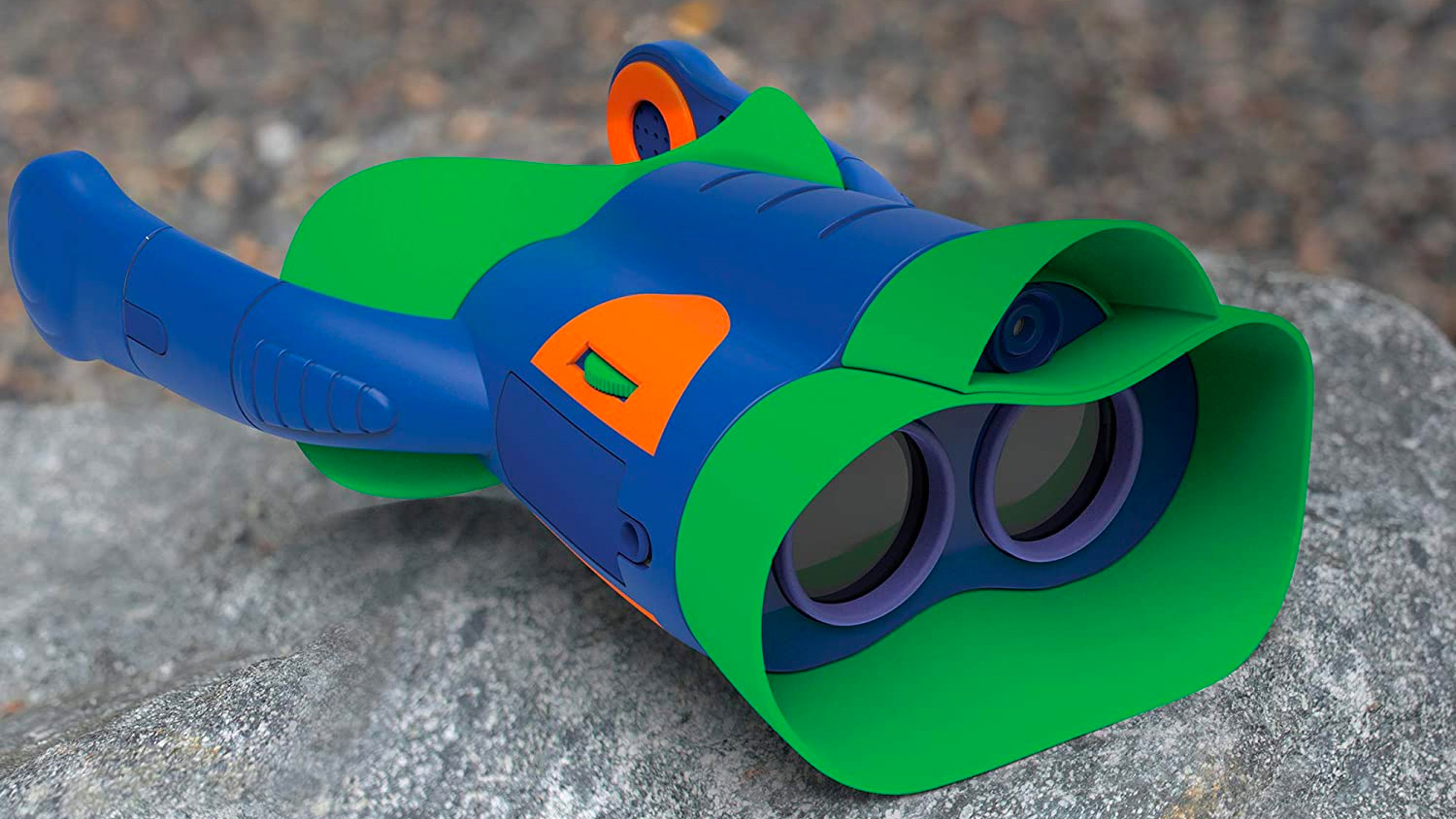
Educational Insights GeoSafari Jr. Kidnoculars Extreme
Our expert review:
Specifications
Reasons to buy
Reasons to avoid
✅ You want STEM-friendly: These binos are a STEM-friendly tool to help your young child learn about science and exploration.
✅ You don't want to spend loads: They're very affordable for what they are, so you won't lose much money if they don't continue the hobby.
❌ You want a pair the whole family can use: They're designed specifically for kids, so teens and adults with wider faces wouldn't be able to use them.
❌ You want decent magnification: They're limited to 4x magnification, which isn't enough for more serious users. Try the SVBONY SV47 10x42 for older kids and teens who want to be able to see further.
🔎 Educational Insights GeoSafari Jr: Specifically made for STEM learning, they have a modest 3x magnification and are tailored to be comfortable for any young child's face. The neck strap has built-in speakers that can play sounds to experience different nature sounds. ★★★½
Some binoculars are kid-friendly, but as Educational Insights implies with its branding, the GeoSafari Jr. Kidnoculars Extreme was specifically made for kids with Science Technology Engineering and Math learning in mind.
Featuring a modest 3x magnification, these focus-free binoculars feature a perfect-fit eyepiece that's universally comfortable for any child's face. (Sorry, wide-eyed adults, you'll have to get your own.) There's also a breakaway neck strap for on-the-go multitasking, and the breakaway nature provides peace of mind for your child's health and safety.
And with the built-in speakers (which hover over the ears sort of like sunglasses), kids get to experience the many sounds of nature from the safety of your backyard — a neat little feature that makes them stand out from many other binoculars for kids. This feature — which the company calls 'headset-free audio amplification' — requires 2x AAA batteries.
For parents interested in STEM-friendly education, this pair of binoculars is more than just a colorful toy; it's also an introduction to a scientific tool that can help your toddler explore the sights and sounds of their environment.
We recommend them for younger kids due to their appearance and limited specs, and the limited 3x magnification isn't going to please more experienced users, so older kids and teens would want something with a magnification of between 8-12x. Still, for something that won't last kids for years and years, it's a very affordable price for what they are.
Attributes | Notes |
|---|---|
Design | Universally comfortable eyepiece for kids. |
Performance | Modest 3x magnification |
Functionality | Made specifically for STEM learning. |
Best kids binoculars: comparison
| Row 0 - Cell 0 | Age range | Magnification | Objective lens diameter | Field of View at 1000m | Color choices | Size | Weight |
Olympus 8x25 WP II | 8+ | 8x | 25mm | 355 ft / 108m | 1 | 4.49 x 4.53 x 1.77-inches / 115 x 114 x 45mm | 0.63 lbs / 285g |
Celestron Nature DX 8x42 | 10+ | 8x | 42mm | 388 ft / 129 m | 1 | 5.3 x 4.9 x 2 inches (135 x 126 x 52mm) | 22.2 oz / 629g |
Celestron SkyMaster 12x60 | Older kids/teens | 12x | 60mm | 278 ft / 84.7m | 1 | 8.25 x 8.1 x 2.8-inches / 210 x 206 x 72mm | 39.2 oz / 1.11kg |
Nikon Prostaff P3 8x42 | 10+ | 8x | 42mm | 414 ft / 126m | 2 | 5.98 x 5.12 x 2.13-inches / 152 x 130 x 54mm | 1.27 lbs / 575g |
Svbony SV47 10x42 | 10+ | 10x | 42mm | 414 ft / 126m | 2 | 5.98 x 5.12 x 2.13-inches / 152 x 130 x 54mm | 1.27 lbs / 575g |
Occer 12x25 Compact Binoculars | 6+ | 12x | 25mm | 896 ft (273m) / 3,280 ft (1,000m) | 1 | 4.4 x 4 x 1.9-inches / 112 x 102 x 48mm | 7.2 oz / 204g |
Promora 8x21 | 3+ | 8x | 21mm | 400 ft (122m) / 3,280 ft (1,000m) | 3 | 4.8 x 4.1 x 2.1-inches / 122 x 104 x 53mm | 7.2 oz / 204g |
Nature's Explorer Kit | 4+ | 4x | 30mm | Not stated | 1 | 7.5 x 5.2 x 3-inches / 191 x 132 x 76mm | 13.8 oz / 392g |
Educational Insights GeoSafari Jr. Kidnoculars Extreme | 5+ | 3x | N/A | N/A | 1 | 11.6 x 9.8 x 3.1-inches / 295 x 249 x 79mm | 15.8 oz / 448g |
Contributing experts & product testers

Elizabeth Fraley is a pioneer in the field of early childhood education. She has over a decade of experience in early learning.
Kinder Ready and Elizabeth Fraley provide early learners with a robust science curriculum, inquiry-based learning, STEM, and interactive experiments focused on astronomy and earth sciences. She has specialized training in Love and Logic - a social and emotional curriculum, and was recently awarded an Educator of the Year Award from the county of Los Angeles for her service to the Los Angeles community.
Elizabeth’s work has been featured in many publications, including The LA Times, The Hollywood Reporter, CBS, SF GATE, among others. Elizabeth has been featured on Hallmark Home and Family with CNN Journalist, Lisa Ling and has also been featured in Popular Mechanics’ The Big Little Book of Awesome Stuff by Dan Bova.
Elizabeth has contributed to our FAQs.
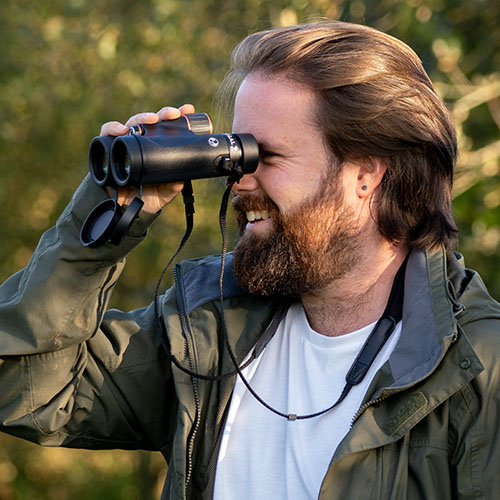
Jase Parnell-Brookes is the Managing Editor for e-commerce for Live Science and Space. Previously the Channel Editor for Cameras and Skywatching at Space, Jase has been an editor and contributing expert across a wide range of publications since 2010. Based in the UK, they are also an award-winning photographer and educator, winning the Gold Prize award in the Nikon Photo Contest 2018/19 and named Digital Photographer of the Year in 2014. After completing their Master's degree in 2011 and qualifying as a teacher in 2012, Jase has spent the last two decades studying and working in photography and publishing in multiple areas, and specializes in low light optics and camera systems.
Jase has reviewed the Celestron SkyMaster 12x60, Nikon Prostaff P3 8x42, Svbony SV47 10x42 and Occer 12x25 in this guide.

Gavin has over 30 year experience of writing about photography and television. He is currently the editor of British Photographic Industry News, and previously served as editor of Which Digital Camera and deputy editor of Total Digital Photography.
He also writes on a number of specialist subjects including binoculars and monoculars, spotting scopes, microscopes, trail cameras, action cameras, body cameras, filters, cameras straps and more.
Gavin has reviewed the Olympus 8x25 WP II in this guide.
Binocular questions answered
What are the best binoculars for kids?
We recommend the Olympus 8x25 WP II as the best binocular for kids overall because it has a compact, robust build but also offers great views through the 25mm objective lenses.
For young kids, we recommend the Promora 8x21 or the Mini Explorer Kit, and for slightly older children and teenagers, we'd go for the Olympus 8x25 WP II or the Nikon Prostaff P3 8x42.
What is the best premium kids binocular?
The most expensive on this list is the Celestron Nature DX 8x32 binoculars which usually retail at around $125 at the time of writing. We think they're ideal for nature viewing because they come with a carry bag, neckstrap and everything else you need to get started, but very small kids may struggle to hold them.
At what age can a child use binoculars?
Kids are never too young to learn about nature and observe the world around them, but it's important to give them a pair of binoculars suitable for their age and interest level. Typically they range from ages 3+, starting from the more toy-like design to more 'grown up' styles ideal for teenagers. You'll be able to find a recommended suitable age range in the product listings to ensure the binoculars you choose will be a good fit for your child.
How does using binoculars help with a child's hand-eye coordination and fine motor skills?
We asked Elizabeth Fraley, M.Ed., who said, "Binoculars are an age-old tool that have helped children enhance hand-eye coordination and fine motor skills for years. Binoculars help children develop a precise ability to eye track by following specific hand and arm movements. Grasping binoculars mirrors the "pincer" grasp, which helps children develop strength and memory muscles in their hands and in turn, may optimize their writing capabilities."
Should you take your glasses off when using binoculars?
It usually depends on what eye problems you suffer with — if you have near or far sightedness, you'll be ok to take them off and adjust the focus accordingly. In many cases, you can wear glasses while using binoculars if that's what's comfortable, depending on how generous the eye relief is of the binocular. Typically, we'd recommend an eye relief of at least 16mm for users who wear glasses.
Are binoculars good for kids?
Elizabeth Fraley, M.Ed., told us, "Children typically use binoculars outdoors, thus enhancing their locomotor skills through walking, running, and other gross motor coordination skills. Children also engage with binoculars quite frequently on scavenger hunts, which helps bolster critical thinking and problem-solving skills. Using binoculars helps children push their inquiry and higher-order thinking skills to explore the world around them through their own lens."
How do you choose the best binoculars for kids?
The best binoculars for kids aren't just toys — they're also potential tools for your child's personal growth. Here are a few factors to consider before introducing your children to the wonderful world of wilderness watching.
Budget: Most kid-centric binoculars have a price point of $30 or less, but if your kids are old enough for the investment, there are plenty of premium picks that cost $50 or more. Nowadays, you can get a decent pair of (expendable) binoculars for under $15; these models usually have lower magnifications, cheaper build quality and a smaller field of view.
Magnification: The more magnification, the better, right? Not so fast. For small, fidgety humans with shaky hands, overly powerful optics might actually be counterproductive. When it comes to young explorers, here's a rule of thumb: The younger the child, the lower the magnification. Magnifications between 2X and 8X are the most common recommendation for kids under the age of 10.
Size and shape: Some binoculars are specifically built for tiny fingers, while others can be used by explorers of all ages. For children under the age of 5, look for extra kid-friendly features, like rounded edges, rubberized (shockproof) construction, breakaway lanyards, padded eyepieces, lightweight construction and focus-free lens options. For older adventurers, look for pocket-friendly binoculars that feature more powerful optics in a more professional package.
Interpupillary distance (IPD): One reason to spring for smaller binoculars has to do with interpupillary distance: the measurement between the center of your pupils. If the ocular lenses don't line up properly with the middle of your eyeballs, the end result is a dark halo around the image (and partially obscured scenery). Your youngster will get bored fast if they can't see anything through the eyepiece, so make sure the binoculars can be adjusted accordingly.
Field of view (FOV): This refers to the width of the image you can see through a given binoculars' optics. The wider the FOV, the easier it will be for your kid to find what they're looking for when they raise the eyepiece to their face. This is of particular importance for grade-schoolers and pre-teens, who may be pickier than your typical toddler.
Are binoculars safe for children?
With proper supervision and care, binoculars can be a safe, fun and educational tool for children. It's important to make sure the binoculars aren't dropped (unless they're a cheap plastic 'toy-like' binocular which you don't mind them breaking) and it's crucial that your children know not to look at the sun directly through the binoculars.
How durable are kids binoculars?
Most binoculars have been constructed with durability in mind, particularly if they end up in the grabby hands of young children who might be likely to knock or drop them. We've compiled this list of the best binoculars for kids with some of the best durable options we've tested so you know you'll get a lasting investment.
If durability is an issue for you and your child has a fairly 'grown up' pair of binoculars, consider mounting them on a tripod for your child to look through.
Can kids look at planets through binoculars?
If your child wants to turn their eyes skywards, the moon, Jupiter and Saturn would be a great place to start. The best binoculars for stargazing tend to have higher magnification which can make holding them steady enough to get a decent view a bit tricky, and if your child has shaky hands then that could exacerbate the issue. To overcome this, you could mount the binoculars on a tripod for them to look through. If this isn't possible, then holding the binoculars close to the eyepieces, sitting down or leaning against a wall, or propping them up on something else will help them get a steady view.
Latest updates
August 29, 2025: Added September stargazing and wildlife activity.
How we test the best binoculars for kids



Best kids telescopes
Best beginner cameras
Best beginner astro cameras
Best small telescopes
Best compact binoculars
Best binoculars for birdwatching
Best microscopes for kids
Best microscopes for students
Best astrophotography cameras
Best telescopes
Best binoculars
Best binoculars for stargazingBest star projectors
Best cameras for wildlife photography
Testing the best binoculars for kids is a little different from how we test the best binoculars for adults. We need to take into account their size and weight, ensuring they fit in the hands of a child and are comfortable for them to hold still enough, with an appropriate design and build for the child’s age. We wouldn’t recommend a cheap toy binocular for a teenager, and we wouldn’t recommend an entry-level ‘adult’ optic for a 5-year-old.
Binoculars for younger children also need to be a little more durable in case they get dropped and knocked, whereas optics for teens and older kids tend to be handled more delicately. Toy-like binoculars for younger kids can also be excellent educational tools, so we always assess the learning opportunities in any given package to help spark a child’s curiosity in science and the natural world.
All our binocular reviews are conducted in real-world applications by our expert reviewers to ensure we are giving fair, unbiased and expert opinions.
Get the world’s most fascinating discoveries delivered straight to your inbox.

Kimberley Lane, E-commerce writer for Live Science, has tested a wide range of optical equipment, reviewing camera gear from Sony, Canon, OM System and more. With over 6 years of photography experience, her skills span across landscape and seascape photography, wildlife, astrophotography and portrait work. Her photos have been featured in a number of national magazines, including Digital Camera World and Cosmopolitan. She has also contributed to our sister site Space.com and Tech Radar, and she regularly uses binoculars and telescopes to stargaze in the dark skies of South Wales.
- Jase Parnell-BrookesManaging Editor, e-commerce


